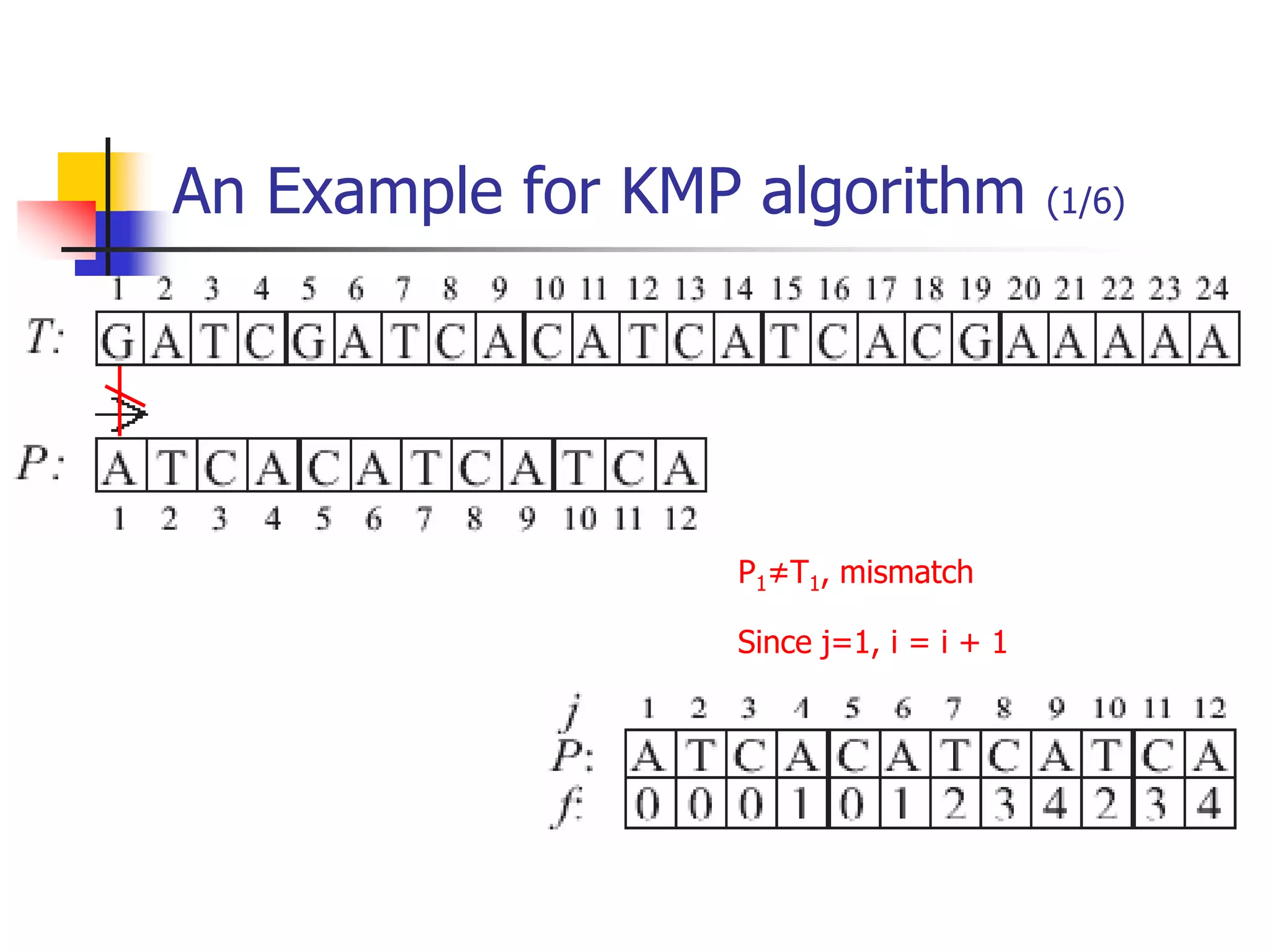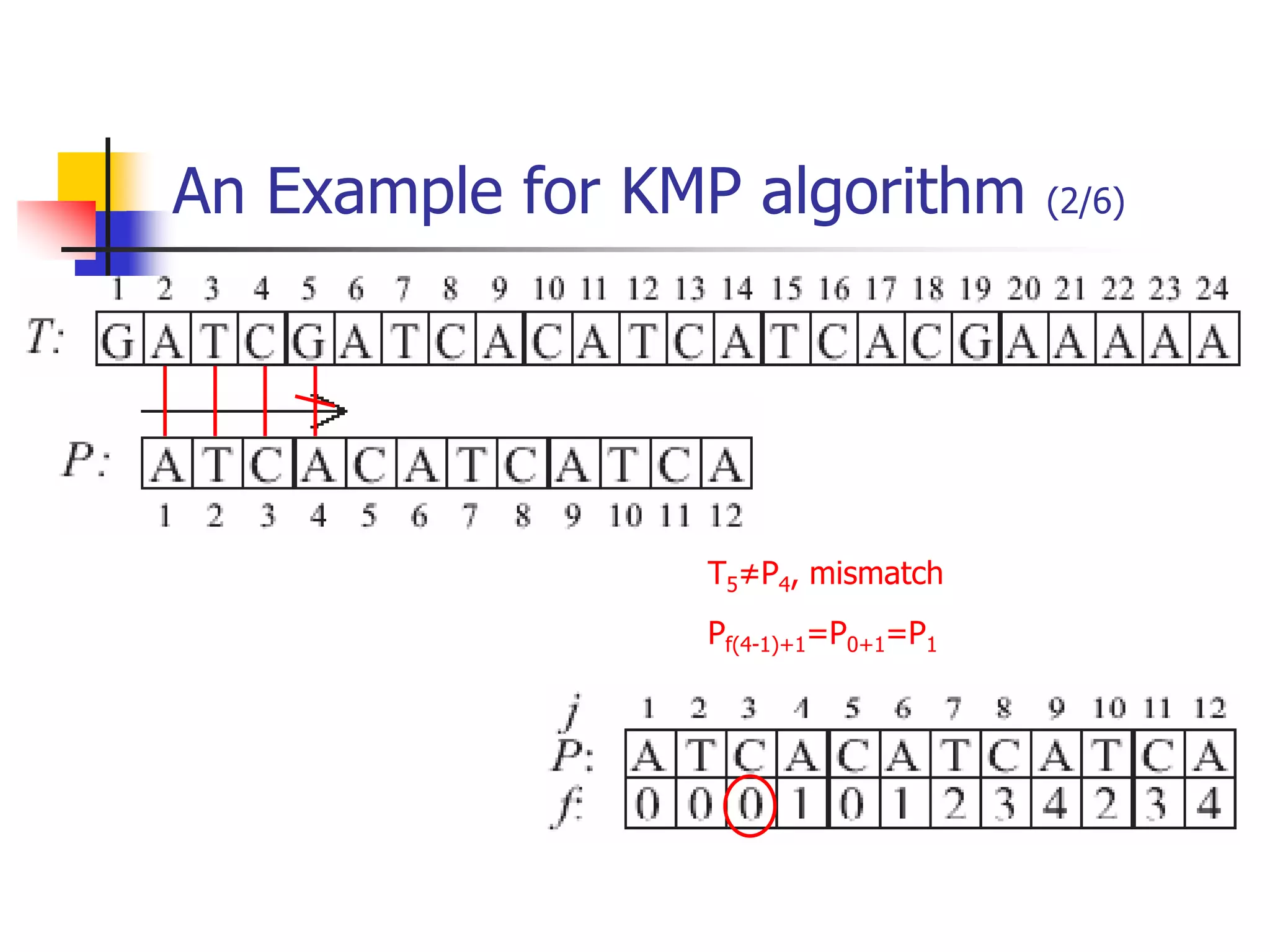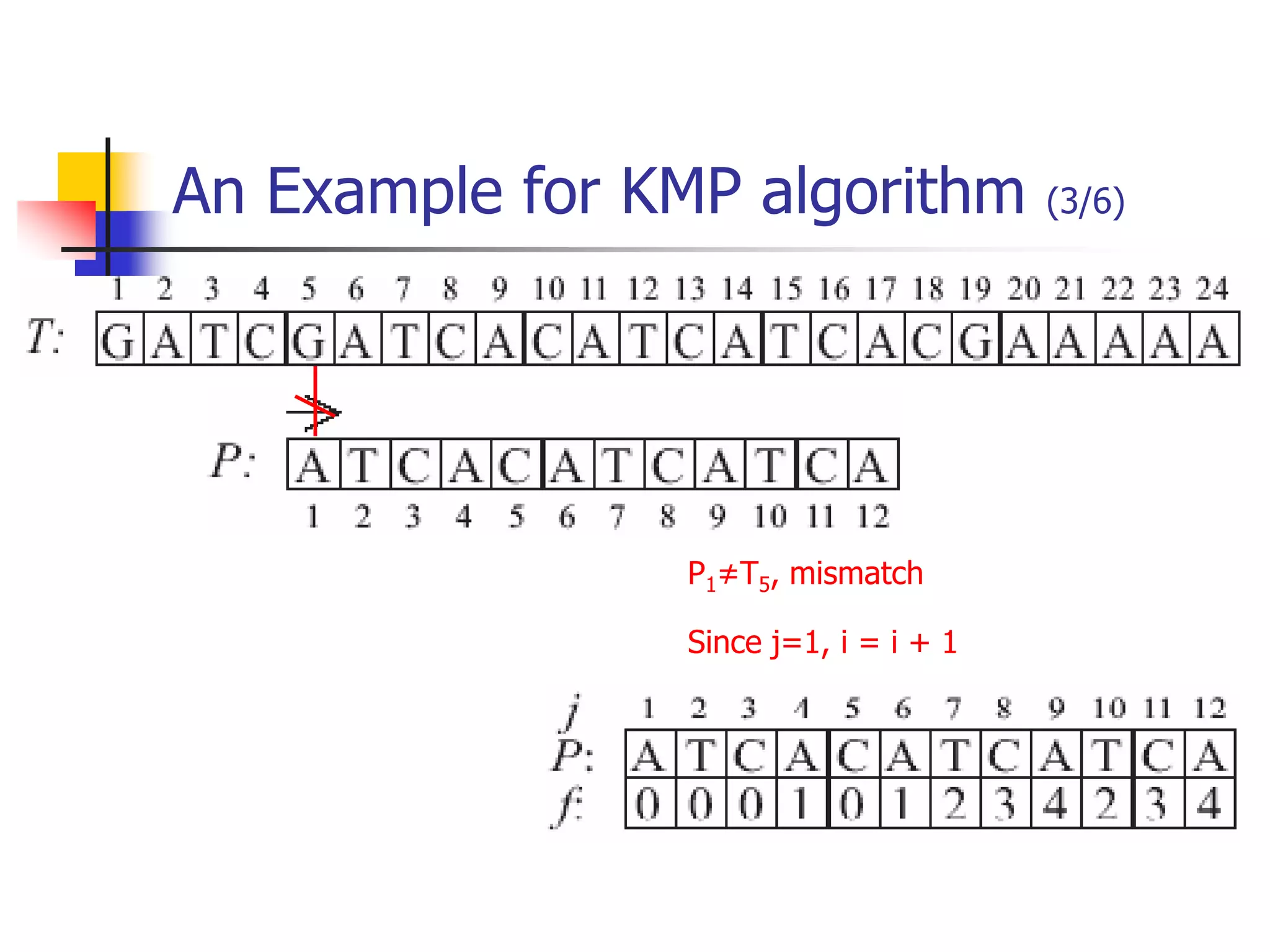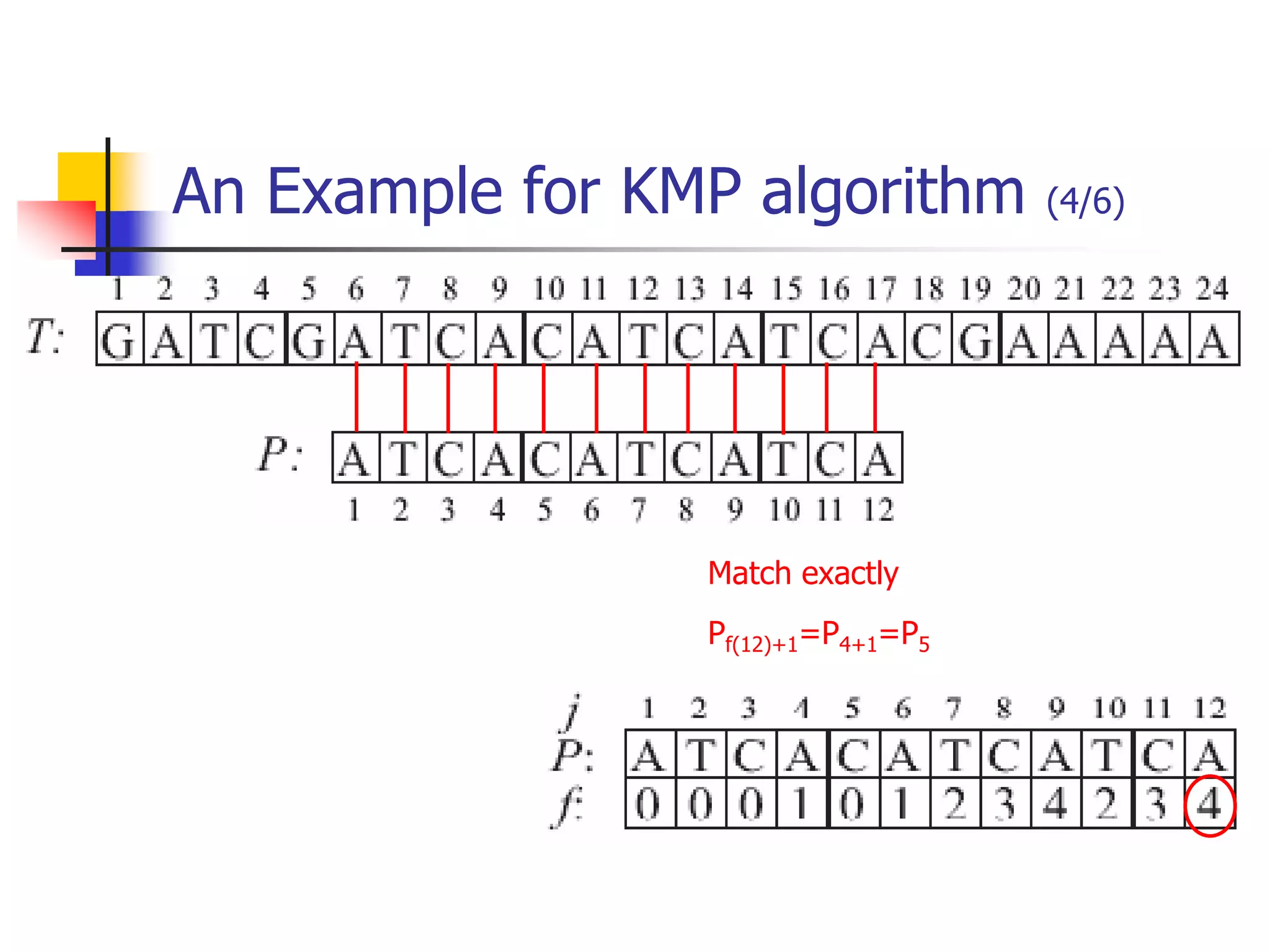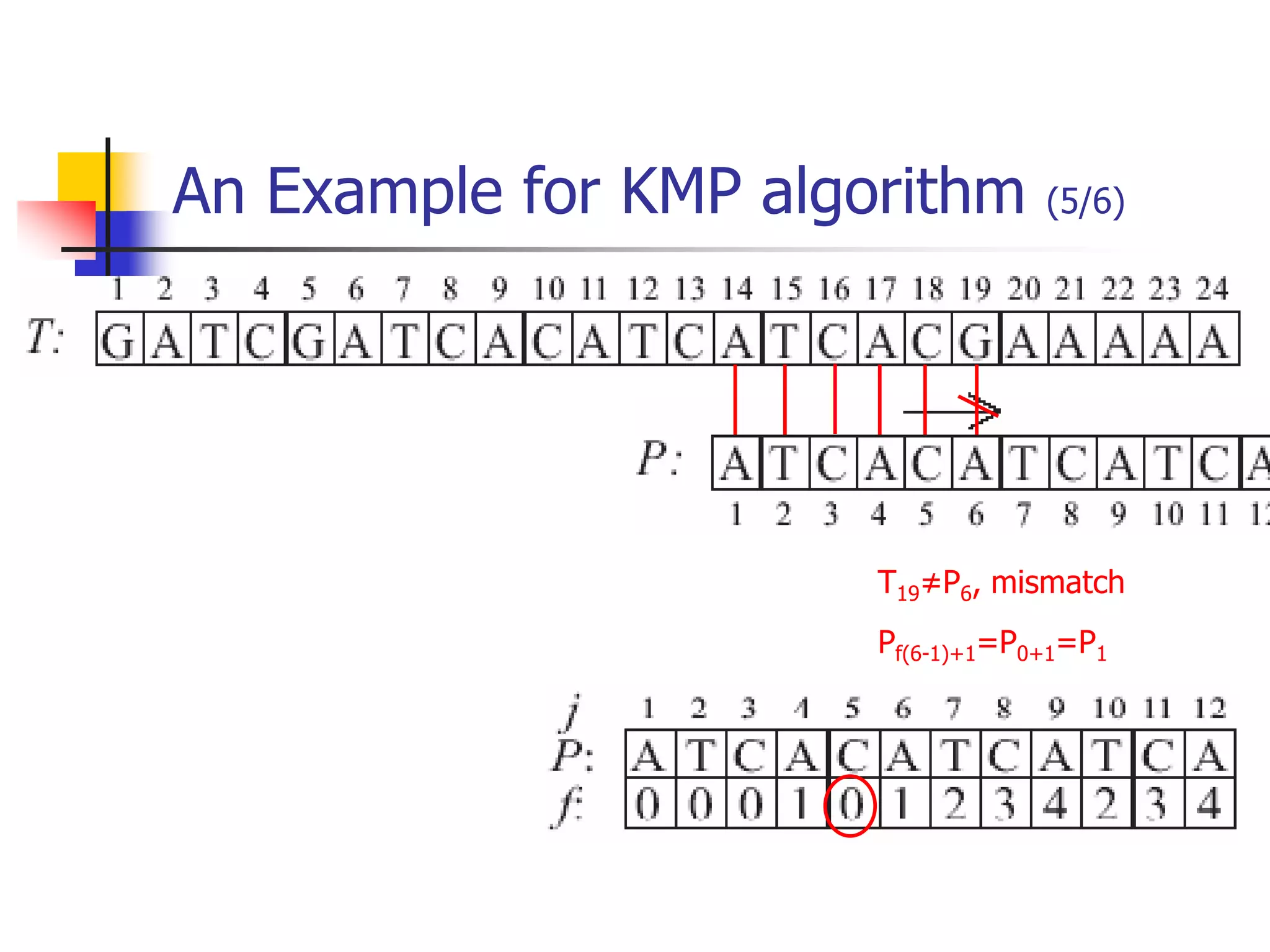This document summarizes Chapter 2 on arrays and structures from a textbook on data structures in C. It outlines key topics like the array abstract data type, structures and unions, polynomial and sparse matrix abstract data types, multidimensional arrays, and strings. Examples are provided on implementing arrays, structures, polynomials, and various operations like addition and multiplication on polynomials.
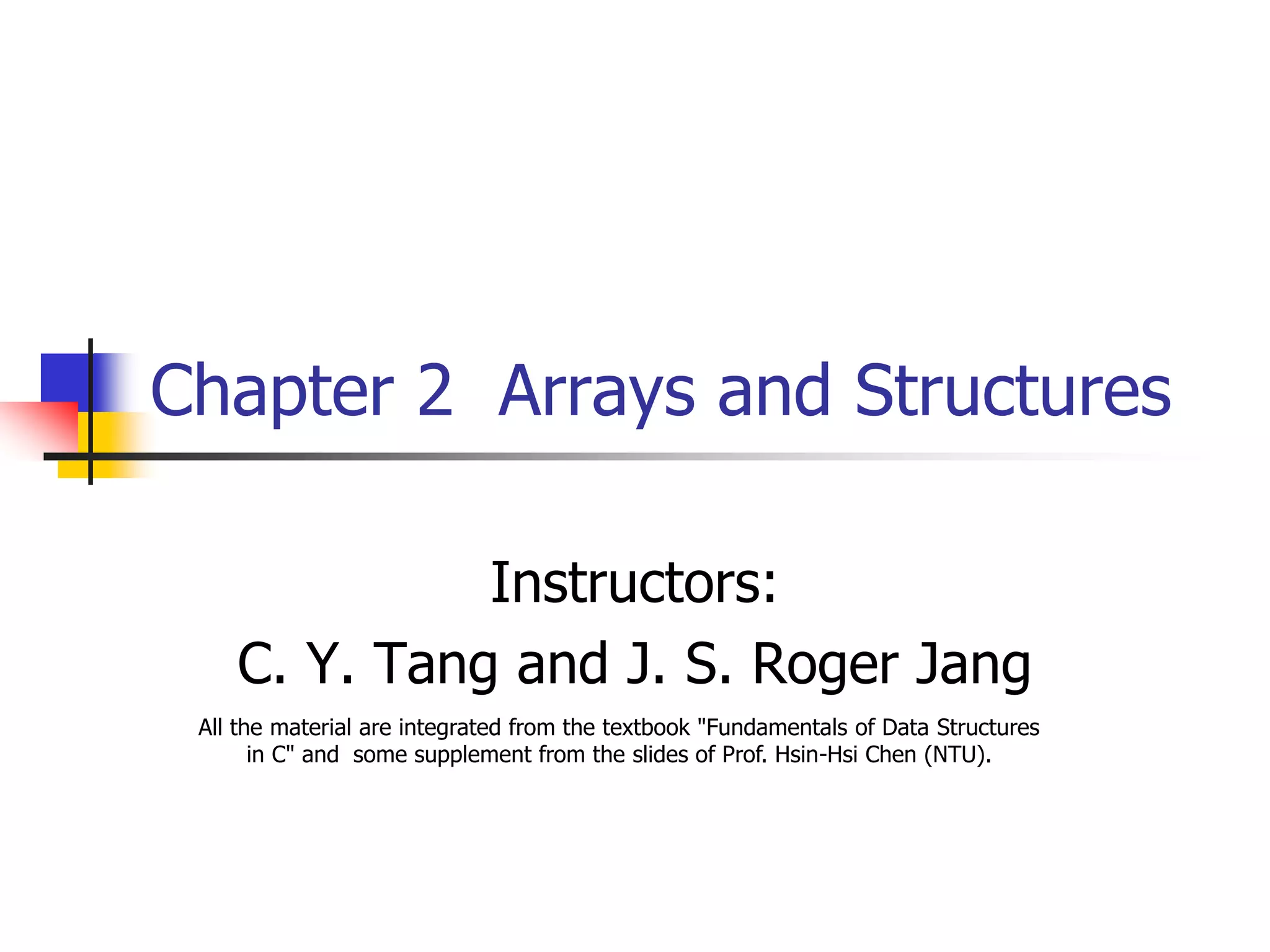
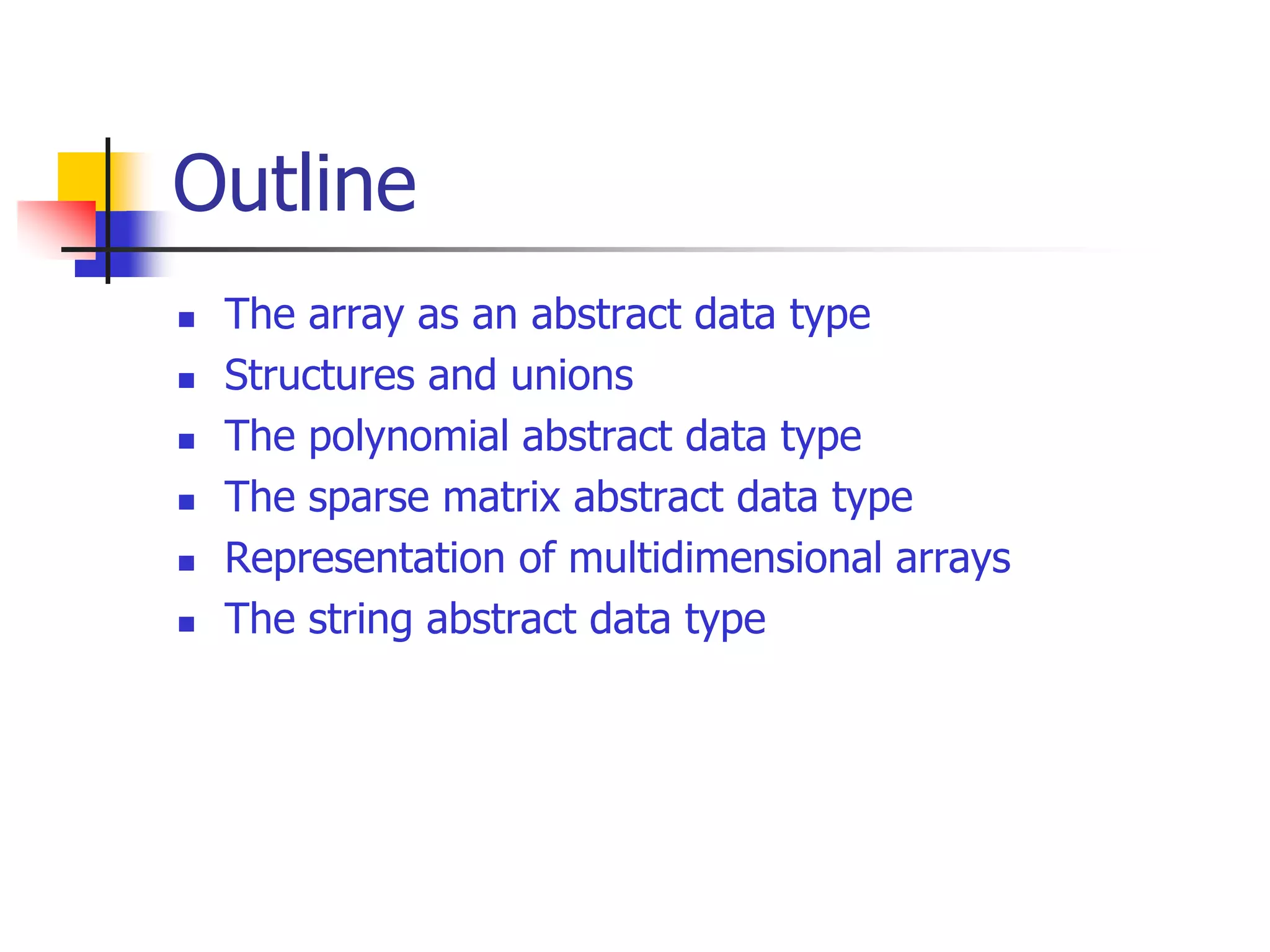
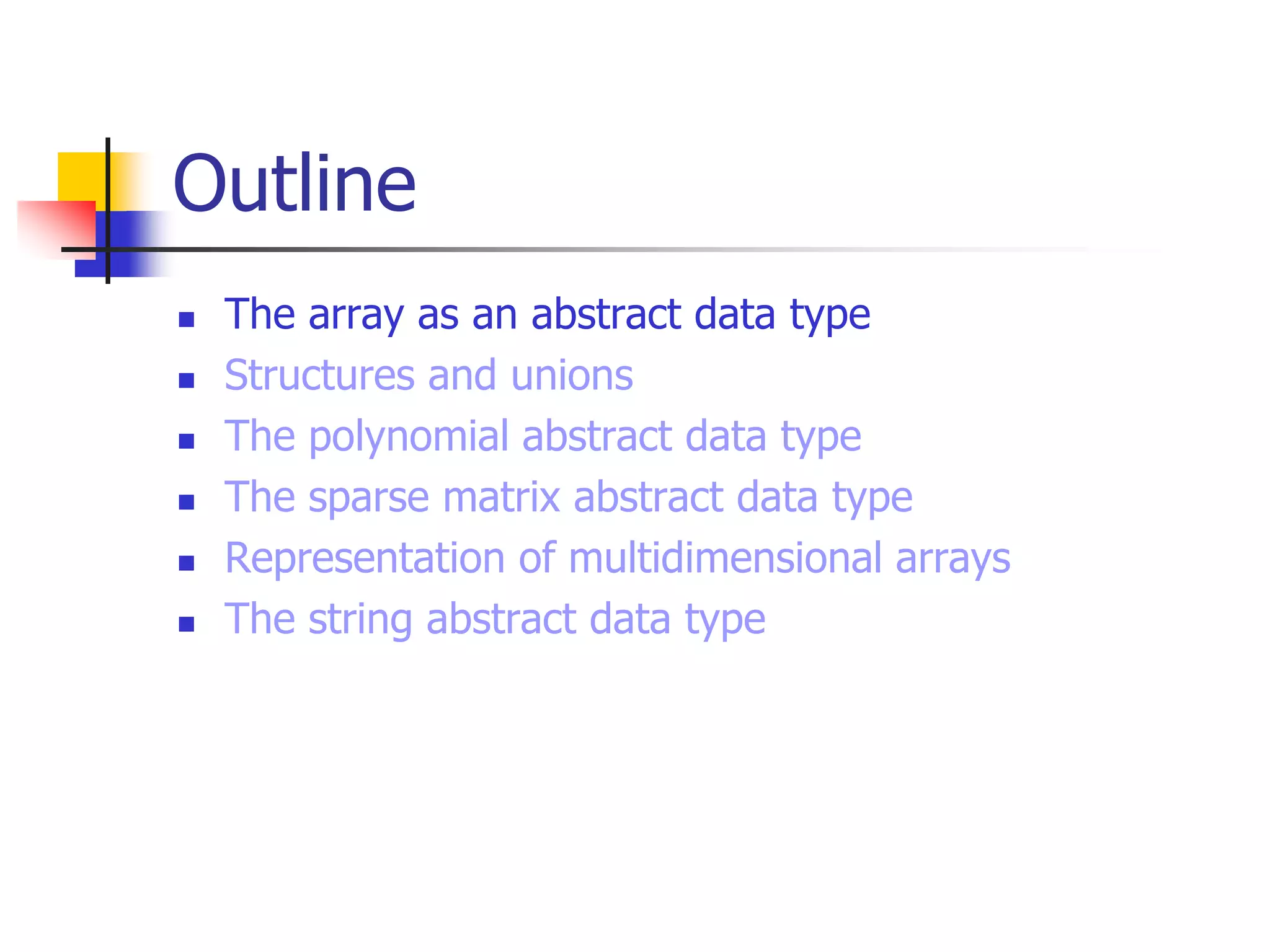
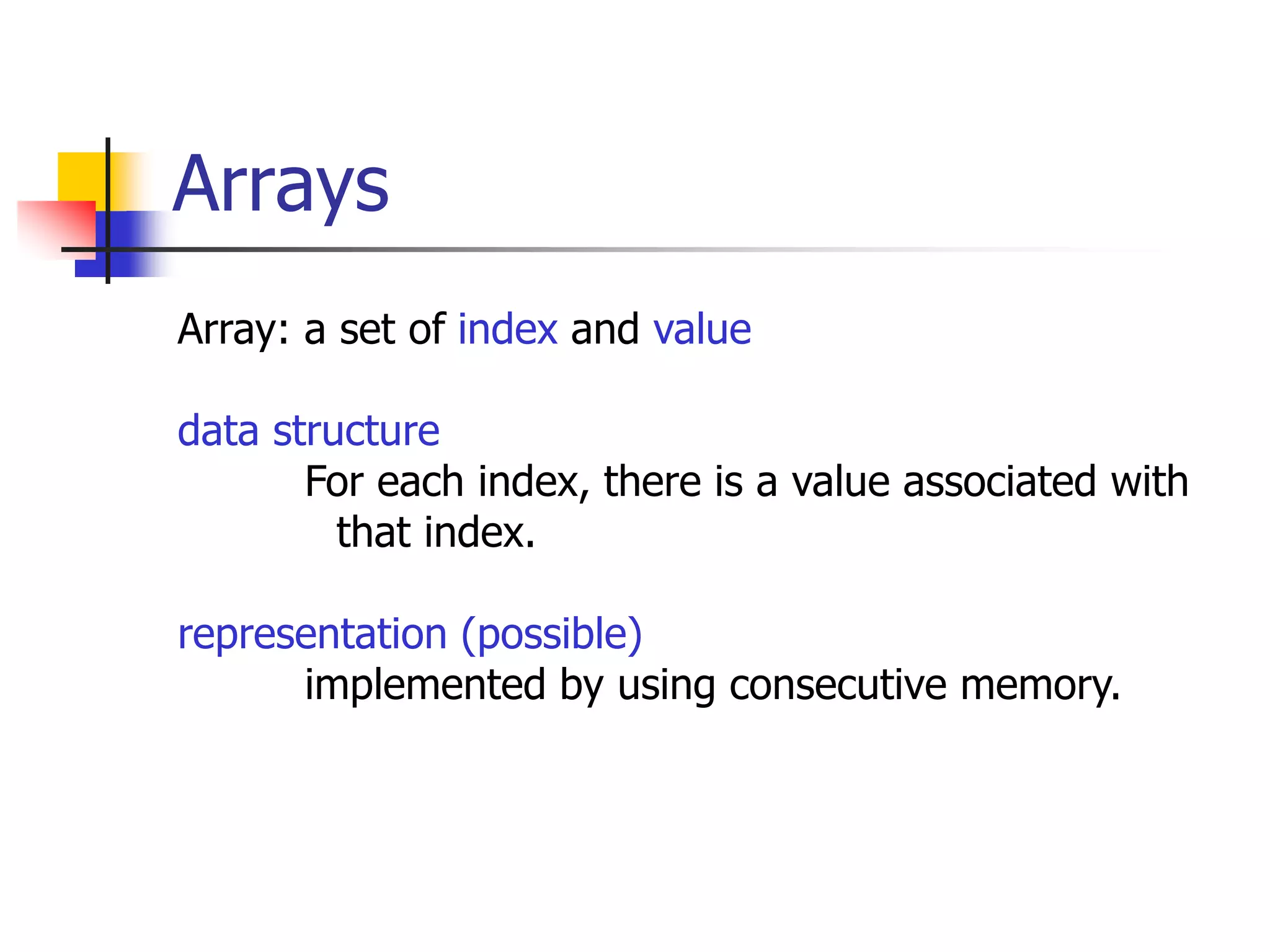
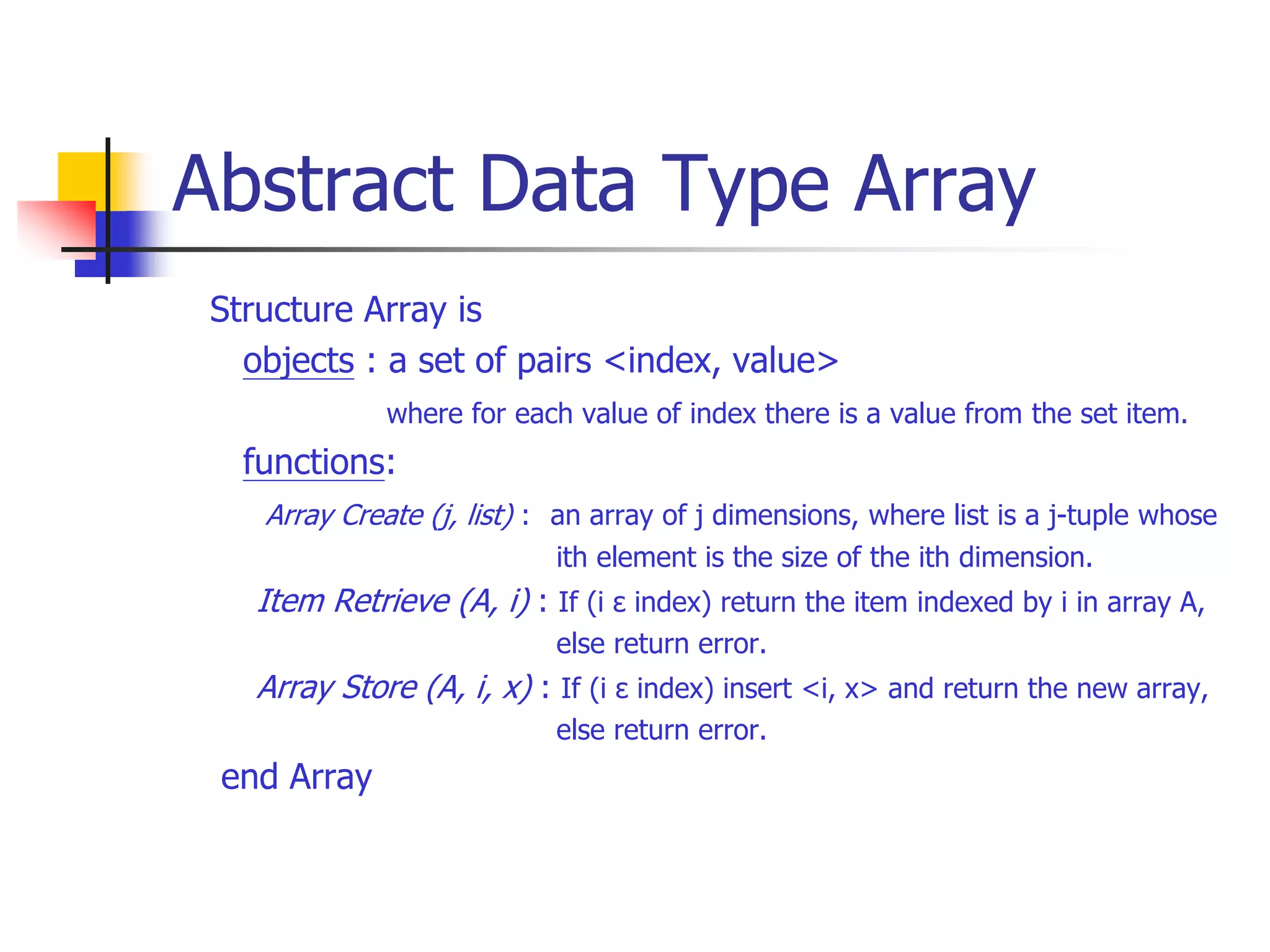
![Implementation in C
int list[5], *plist[5];
Variable Memory Address
list[0] base address = α
list[1] α + sizeof(int)
list[2] α + 2*sizeof(int)
list[3] α + 3*sizeof(int)
list[4] α + 4*sizeof(int)
The names of
the five array
elements
Assume the memory address α = 1414, list[0] = 6, list[2] = 8, plist[3] = list = 1414
printf(“%d”, list); // 1414, the variable “list” is the pointer to an int
printf(“%d”, &list[0]) // 1414, return the address using “&”
printf(“%d”, list[0]); // 6, the value stored in the address “&list[0]”
printf(“%d”, (list + 2)); // 1414 + 2*sizeof(int), “(list +2)” is a pointer
printf(“%d”, *(list + 2)); // 8
printf(“%d”, plist[3]); // 1414, the value of a pointer is an address
printf(“%d”, *plist[3]); // 6](https://image.slidesharecdn.com/chap2arraysandstructures-221109040646-98f2dbe3/75/Chap-2-Arrays-and-Structures-ppt-6-2048.jpg)
![Example: One-dimensional
array accessed by address
call print1(&one[0], 5)
void print1(int *ptr, int rows)
{
/* print out a one-dimensional array using a pointer */
int i;
printf(“Address Contentsn”);
for (i=0; i < rows; i++)
printf(“%8u%5dn”, ptr+i, *(ptr+i));
printf(“n”);
}
int one[] = {0, 1, 2, 3, 4};
Goal: print out address and value](https://image.slidesharecdn.com/chap2arraysandstructures-221109040646-98f2dbe3/75/Chap-2-Arrays-and-Structures-ppt-7-2048.jpg)
![Example: Array program
#define MAX_SIZE 100
float sum(float [], int);
float input[MAX_SIZE], answer;
int i;
void main (void)
{
for (i = 0; i < MAX_SIZE; i++)
input[i] = i;
answer = sum(input, MAX_SIZE);
printf("The sum is: %fn", answer);
}
float sum(float list[], int n)
{
int i;
float tempsum = 0;
for (i = 0; i < n; i++)
tempsum += list[i];
return tempsum;
}
Result :
The sum is: 4950.000000](https://image.slidesharecdn.com/chap2arraysandstructures-221109040646-98f2dbe3/75/Chap-2-Arrays-and-Structures-ppt-8-2048.jpg)
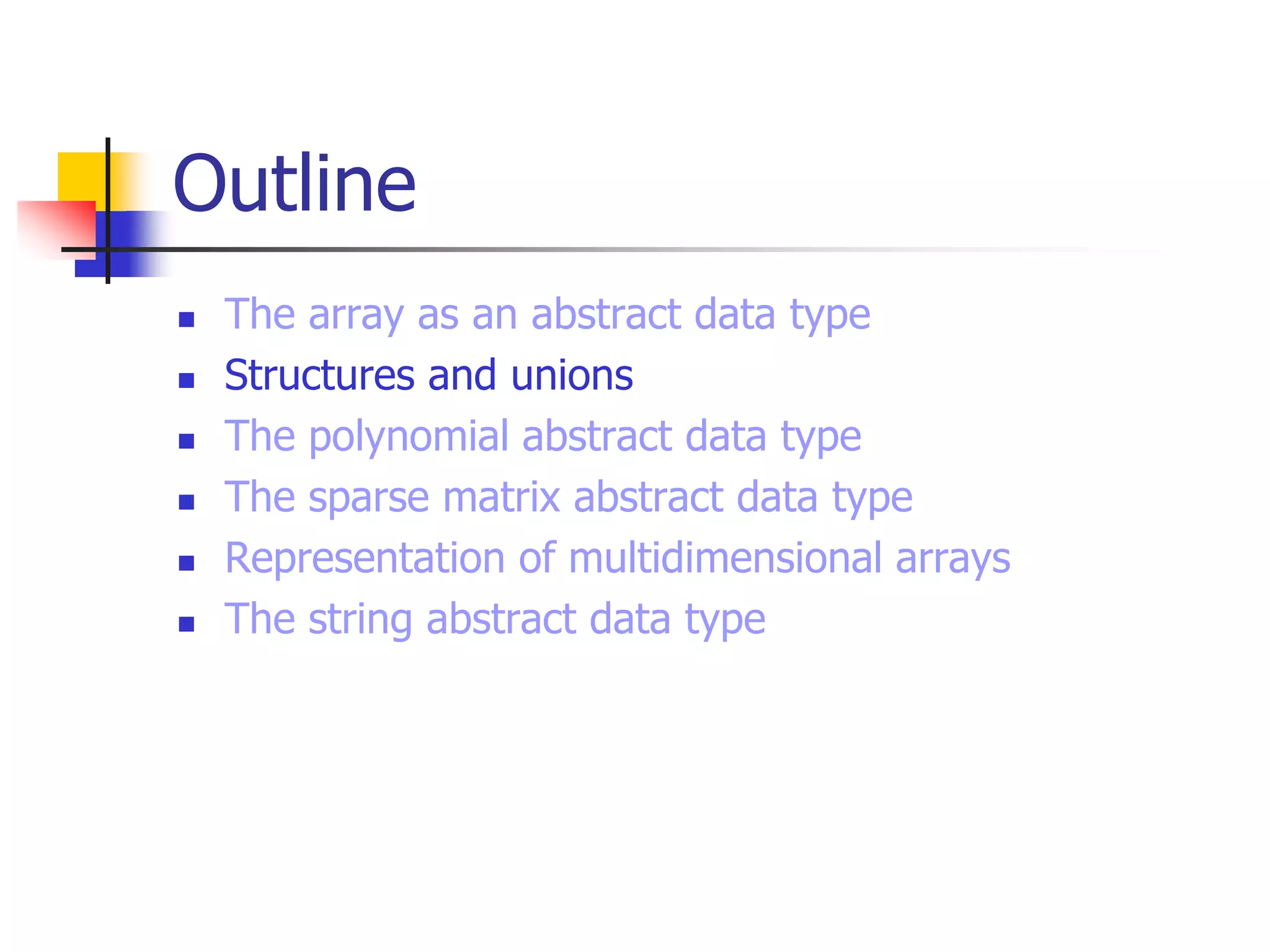
![Structures (Records)
struct {
char name[10]; // a name that is a character array
int age; // an integer value representing the age of the person
float salary; // a float value representing the salary of the individual
} person;
strcpy(person.name, “james”);
person.age=10;
person.salary=35000;
An alternate way of grouping data that permits the
data to vary in type.
Example:](https://image.slidesharecdn.com/chap2arraysandstructures-221109040646-98f2dbe3/75/Chap-2-Arrays-and-Structures-ppt-10-2048.jpg)
![Create structure data type
typedef struct human_being {
char name[10];
int age;
float salary;
};
or
typedef struct {
char name[10];
int age;
float salary
} human_being;
human_being person1, person2;](https://image.slidesharecdn.com/chap2arraysandstructures-221109040646-98f2dbe3/75/Chap-2-Arrays-and-Structures-ppt-11-2048.jpg)
![Example: Embed a structure
within a structure
typedef struct {
int month;
int day;
int year;
} date;
typedef struct human_being {
char name[10];
int age;
float salary;
date dob;
};
person1.dob.month = 2;
person1.dob.day = 11;
person1.dob.year = 1944;](https://image.slidesharecdn.com/chap2arraysandstructures-221109040646-98f2dbe3/75/Chap-2-Arrays-and-Structures-ppt-12-2048.jpg)
![Unions
Similar to struct, but only one field is active.
Example: Add fields for male and female.
typedef struct sex_type {
enum tag_field {female, male} sex;
union {
int children;
boolean beard;
} u;
};
typedef struct human_being {
char name[10];
int age;
float salary;
date dob;
sex_type sex_info;
}
human_being person1, person2;
person1.sex_info.sex = male;
person1.sex_info.u.beard = FALSE;
person2.sex_info.sex = female;
person2.sex_info.u.children = 4;](https://image.slidesharecdn.com/chap2arraysandstructures-221109040646-98f2dbe3/75/Chap-2-Arrays-and-Structures-ppt-13-2048.jpg)
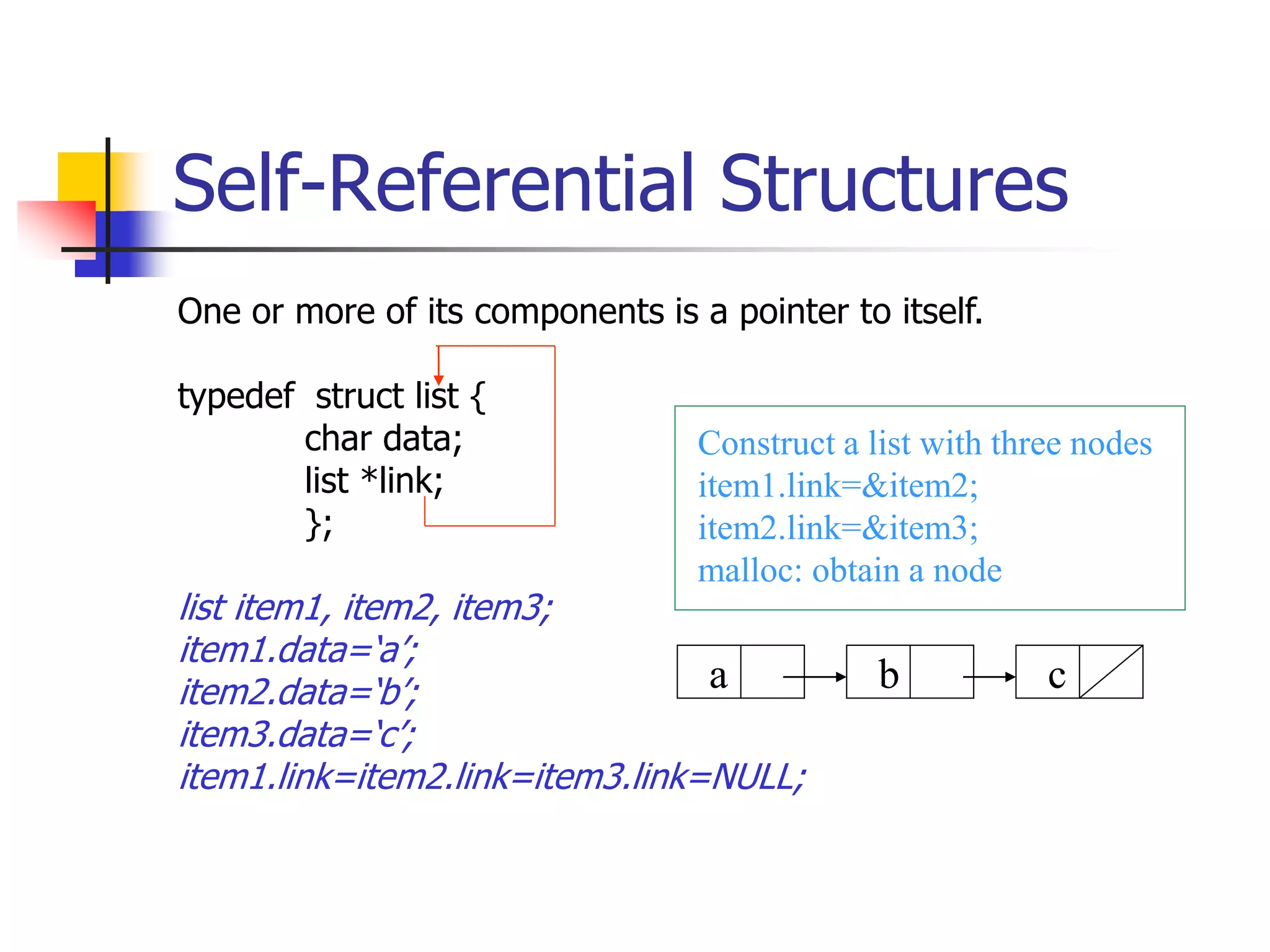


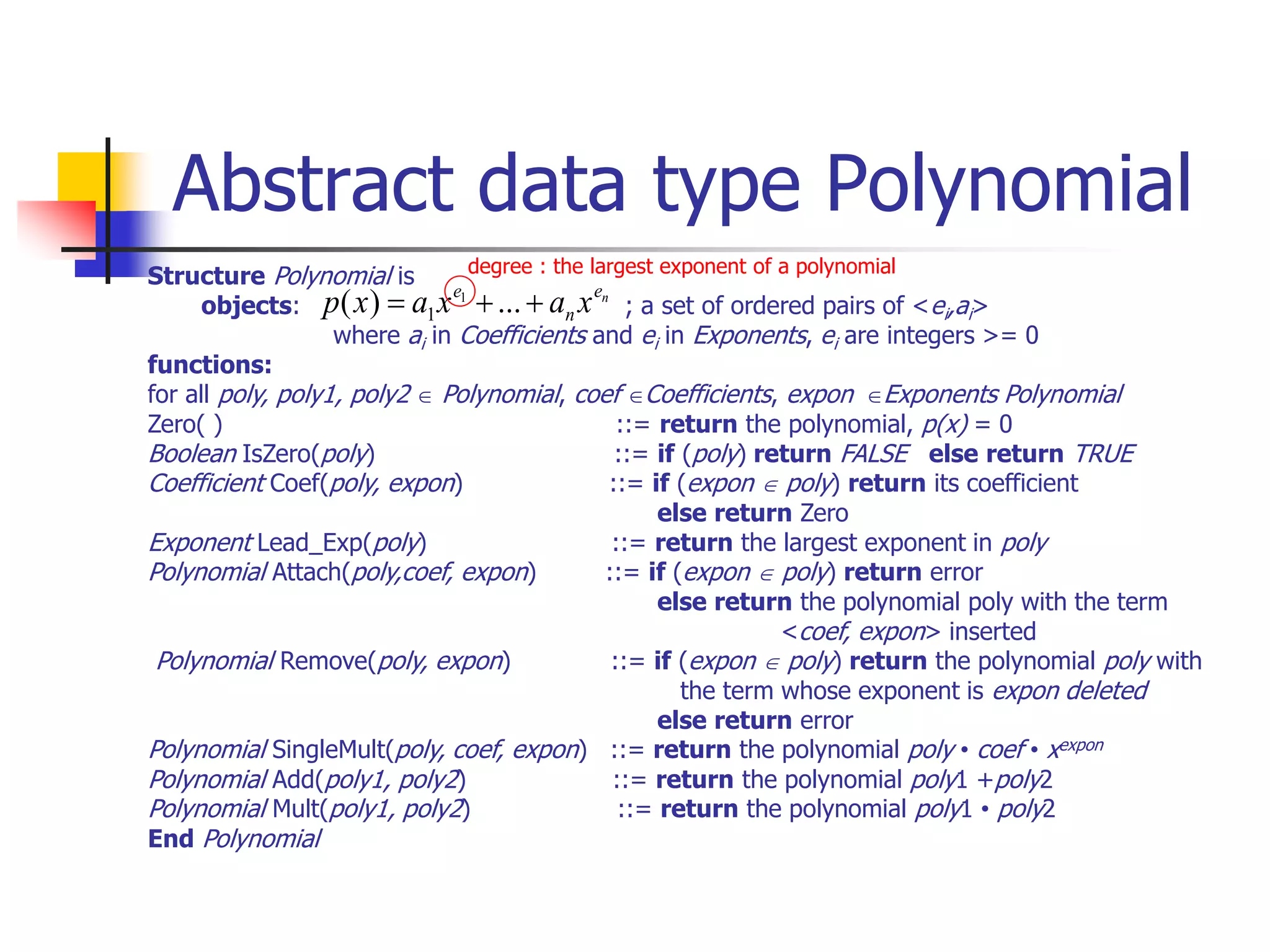
![Two types of Implementation for the
polynomial ADT
Type I :
#define MAX_DEGREE 1001
typedef struct {
int degree;
float coef[MAX_DEGREE];
} polynomial;
polynomial a;
a.degree = n
a. coef[i] = an-i , 0 ≦ i ≦ n.
Type II :
MAX_TERMS 1001 /* size of terms array */
typedef struct {
float coef;
int expon;
} polynomial;
polynomial terms[MAX_TERMS];
int avail = 0; /* recording the available space*/
starta finisha startb finishb avail
coef 2 1 1 10 3 1
exp 1000 0 4 3 2 0
0 1 2 3 4 5 6
advantage: easy implementation
disadvantage: waste space when sparse
storage requirements: start, finish, 2*(finish-start+1)
nonparse: twice as much as Type I
when all the items are nonzero
PA=2x1000+1
PB=x4+10x3+3x2+1
Poly A
coef 1 … 0 0 2
exp (index) 0 … 998 999 1000
Poly B
coef 1 0 3 10 1 … 0
exp (index) 0 1 2 3 4 … 1000](https://image.slidesharecdn.com/chap2arraysandstructures-221109040646-98f2dbe3/75/Chap-2-Arrays-and-Structures-ppt-18-2048.jpg)
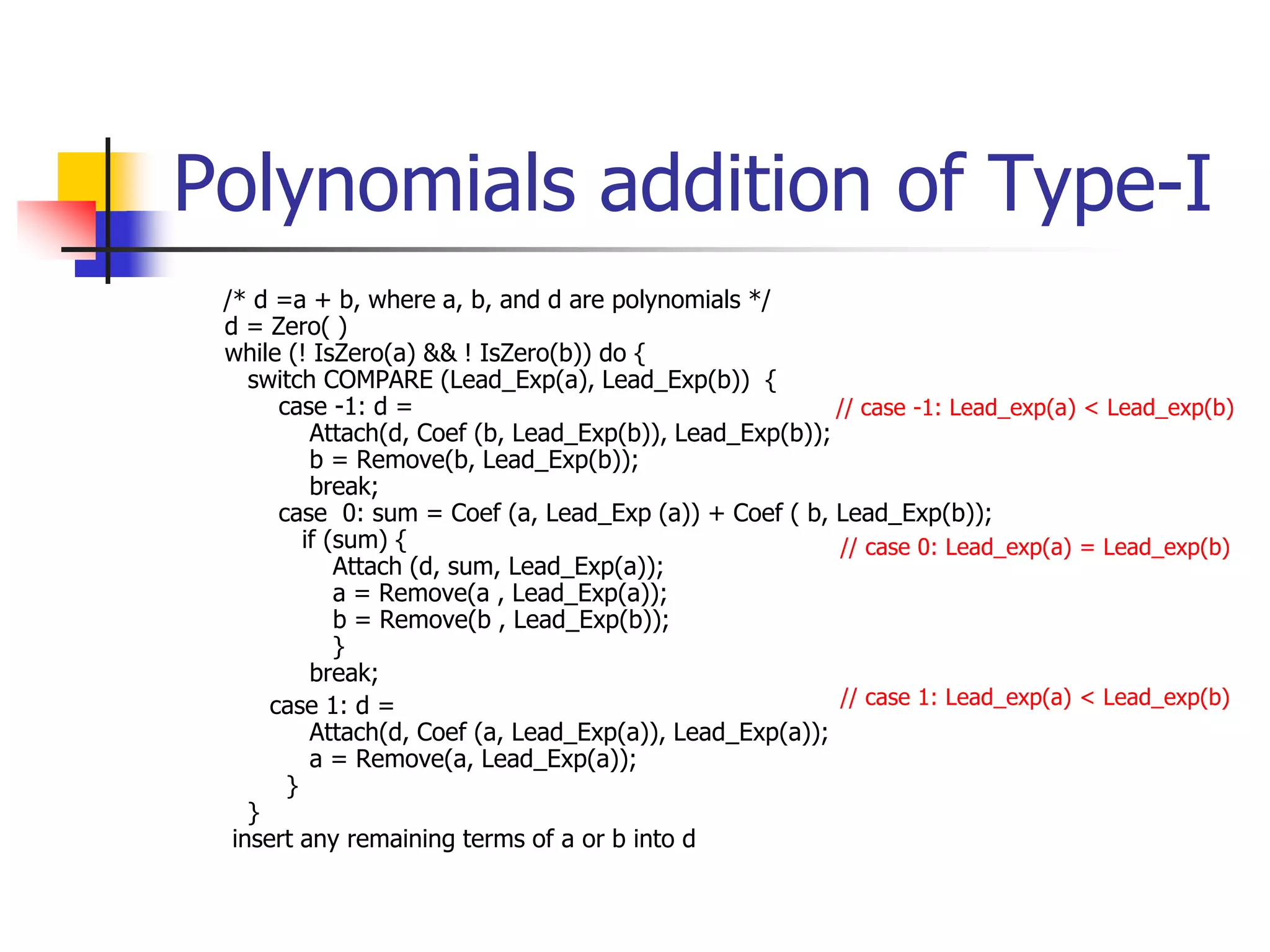
![Polynomials adding of Type I
// A utility function to return maximum of two
integers
int max(int m, int n) { return (m > n)? m: n; }
// A[] represents coefficients of first polynomial
// B[] represents coefficients of second polynomial
// m and n are sizes of A[] and B[] respectively
int *add(int A[], int B[], int m, int n)
{
int size = max(m, n);
int *sum = new int[size];
// Initialize the porduct polynomial
for (int i = 0; i<m; i++)
sum[i] = A[i];
// Take ever term of first polynomial
for (int i=0; i<n; i++)
sum[i] += B[i];
return sum;
}
// Driver program to test above functions
int main()
{
// The following array represents polynomial 5 + 10x^2 +
6x^3
int A[] = {5, 0, 10, 6};
// The following array represents polynomial 1 + 2x + 4x^2
int B[] = {1, 2, 4};
int m = sizeof(A)/sizeof(A[0]);
int n = sizeof(B)/sizeof(B[0]);
printf("First polynomial is n“);
printPoly(A, m);
printf("nSecond polynomial is n“);
printPoly(B, n);
int *sum = add(A, B, m, n);
int size = max(m, n);
printf("nsum polynomial is n“) ;
printPoly(sum, size);
return 0;
}
void printPoly(int poly[], int n)
{
for (int i=0; i<n; i++)
{
cout << poly[i];
if (i != 0)
cout << "x^" << i ;
if (i != n-1)
cout << " + ";
}
}](https://image.slidesharecdn.com/chap2arraysandstructures-221109040646-98f2dbe3/75/Chap-2-Arrays-and-Structures-ppt-20-2048.jpg)
![Polynomial Multiplication
// A[] represents coefficients of first polynomial
// B[] represents coefficients of second polynomial
// m and n are sizes of A[] and B[] respectively
int *multiply(int A[], int B[], int m, int n)
{ int *prod = new int[m+n-1];
// Initialize the porduct polynomial
for (int i = 0; i<m+n-1; i++)
prod[i] = 0;
// Multiply two polynomials term by term
// Take ever term of first polynomial
for (int i=0; i<m; i++)
{ // Multiply the current term of first polynomial
// with every term of second polynomial.
for (int j=0; j<n; j++)
prod[i+j] += A[i]*B[j];
}
return prod;
}
// Driver program to test above functions
int main()
{
// The following array represents polynomial 5 + 10x^2
+ 6x^3
int A[] = {5, 0, 10, 6};
// The following array represents polynomial 1 + 2x +
4x^2
int B[] = {1, 2, 4};
int m = sizeof(A)/sizeof(A[0]);
int n = sizeof(B)/sizeof(B[0]);
cout << "First polynomial is n";
printPoly(A, m);
cout << "nSecond polynomial is n";
printPoly(B, n);
int *prod = multiply(A, B, m, n);
cout << "nProduct polynomial is n";
printPoly(prod, m+n-1);
return 0;
}](https://image.slidesharecdn.com/chap2arraysandstructures-221109040646-98f2dbe3/75/Chap-2-Arrays-and-Structures-ppt-21-2048.jpg)
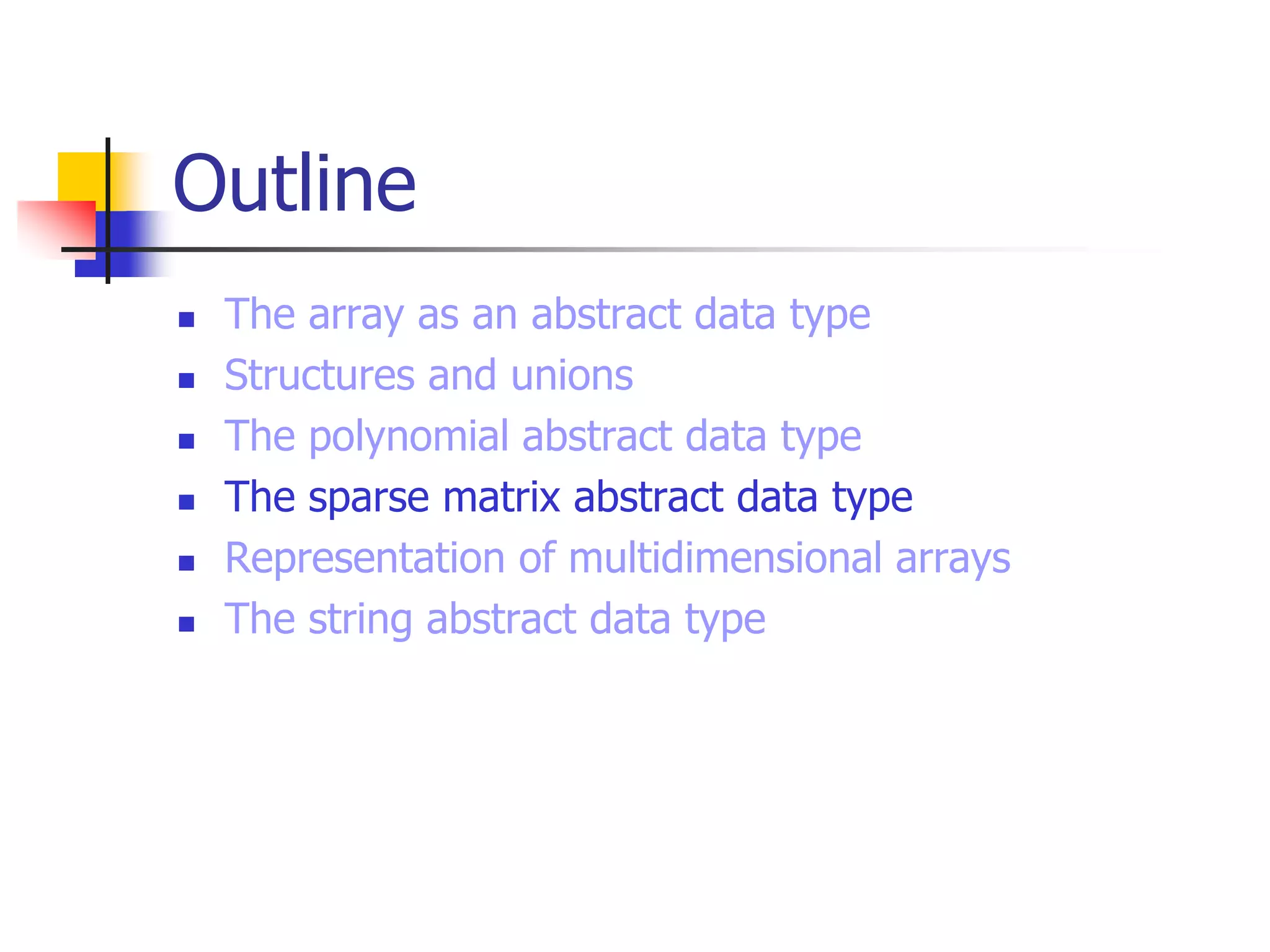
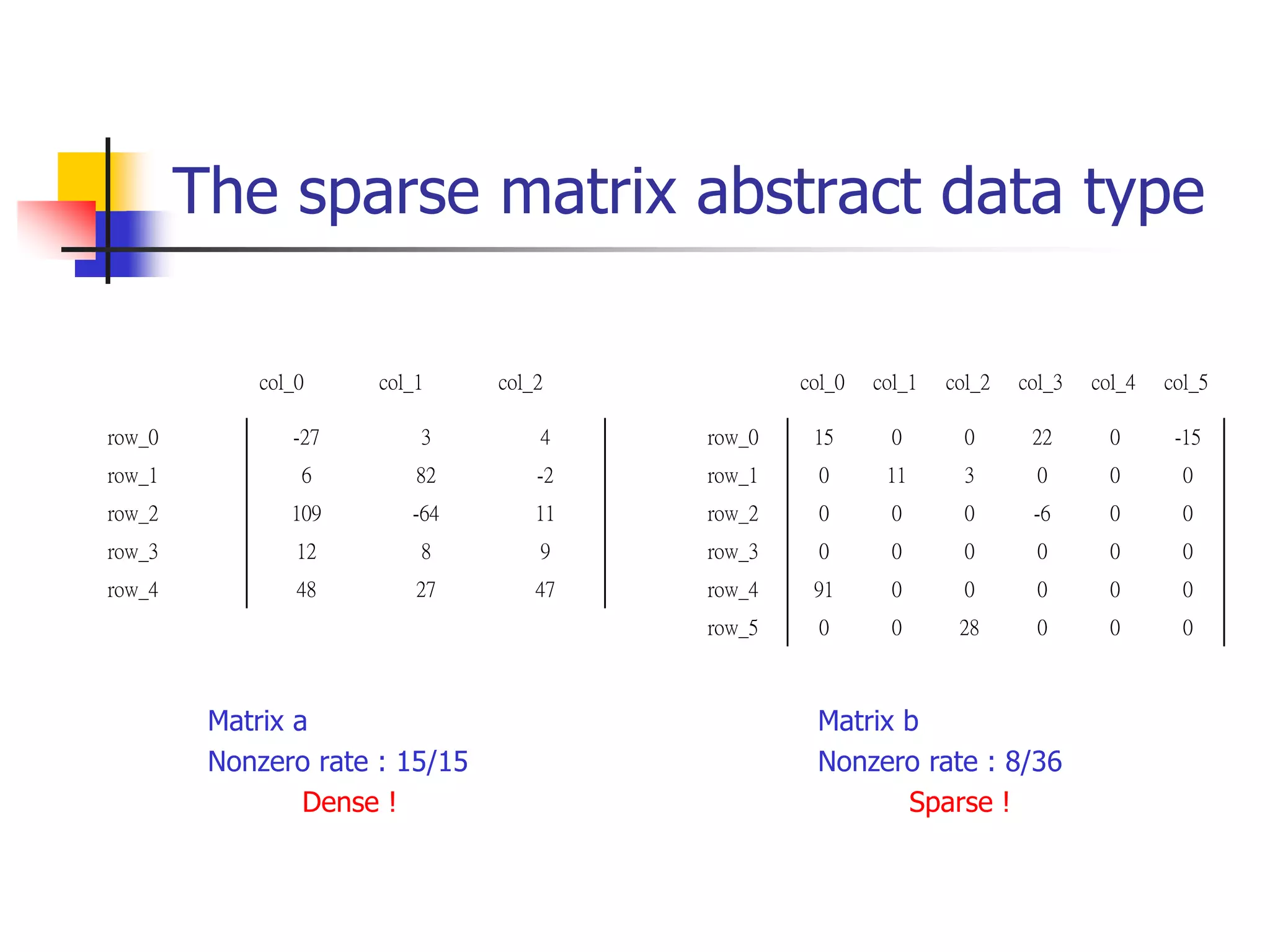
![Abstract data type Sparse_Matrix
Structure Sparse_Matrix is
objects: a set of triples, <row, column, value>, where row and column are integers and form a
unique combination, and value comes from the set item.
functions:
for all a, b Sparse_Matrix, x item, i, j, max_col, max_row index
Sparse_Marix Create(max_row, max_col) ::=
return a Sparse_matrix that can hold up to max_items = max _row
max_col and whose maximum row size is max_row and whose maximum
column size is max_col.
Sparse_Matrix Transpose(a) ::=
return the matrix produced by interchanging the row and column value of
every triple.
Sparse_Matrix Add(a, b) ::=
if the dimensions of a and b are the same
return the matrix produced by adding corresponding items, namely those
with identical row and column values.
else return error
Sparse_Matrix Multiply(a, b) ::=
if number of columns in a equals number of rows in b
return the matrix d produced by multiplying a by b according to the formula:
d [i] [j] = (a[i][k]•b[k][j]) where d (i, j) is the (i,j)th element
else return error.](https://image.slidesharecdn.com/chap2arraysandstructures-221109040646-98f2dbe3/75/Chap-2-Arrays-and-Structures-ppt-24-2048.jpg)
![Sparse_Matrix Create and transpose
#define MAX_TERMS 101 /* maximum number of terms +1*/
typedef struct {
int col;
int row;
int value;
} term;
term a[MAX_TERMS]
for each row i (or column j)
take element <i, j, value> and
store it in element <j, i, value>
of the transpose.
row col value
a[0] 6 6 8
[1] 0 0 15
[2] 0 3 22
[3] 0 5 -15
[4] 1 1 11
[5] 1 2 3
[6] 2 3 -6
[7] 4 0 91
[8] 5 2 28
row col value
b[0] 6 6 8
[1] 0 0 15
[2] 0 4 91
[3] 1 1 11
[4] 2 1 3
[5] 2 5 28
[6] 3 0 22
[7] 3 2 -6
[8] 5 0 -15
Sparse matrix and its transpose stored as triples
#(rows)
#(columns)
#(nonzero entries)
any element within a matrix using the triple <row, col, value>
Difficulty:
what position to put <j, i, value> ?](https://image.slidesharecdn.com/chap2arraysandstructures-221109040646-98f2dbe3/75/Chap-2-Arrays-and-Structures-ppt-25-2048.jpg)
![Transpose of a sparse matrix in
O(columns*elements)
void transpose (term a[], term b[])
/* b is set to the transpose of a */
{
int n, i, j, currentb;
n = a[0].value; /* total number of elements */
b[0].row = a[0].col; /* rows in b = columns in a */
b[0].col = a[0].row; /*columns in b = rows in a */
b[0].value = n;
if (n > 0) { /*non zero matrix */
currentb = 1;
for (i = 0; i < a[0].col; i++)
/* transpose by columns in a */
for( j = 1; j <= n; j++)
/* find elements from the current column */
if (a[j].col == i) {
/* element is in current column, add it to b */
b[currentb].row = a[j].col;
b[currentb].col = a[j].row;
b[currentb].value = a[j].value;
currentb++
}
}
}
Scan the array “columns” times.
The array has “elements” elements.
==> O(columns*elements)](https://image.slidesharecdn.com/chap2arraysandstructures-221109040646-98f2dbe3/75/Chap-2-Arrays-and-Structures-ppt-26-2048.jpg)

![Transpose of a sparse matrix in
O(columns + elements)
void fast_transpose(term a[ ], term b[ ])
{
/* the transpose of a is placed in b */
int row_terms[MAX_COL], starting_pos[MAX_COL];
int i, j, num_cols = a[0].col, num_terms = a[0].value;
b[0].row = num_cols; b[0].col = a[0].row;
b[0].value = num_terms;
if (num_terms > 0){ /*nonzero matrix*/
for (i = 0; i < num_cols; i++)
row_terms[i] = 0;
for (i = 1; i <= num_terms; i++)
row_terms[a[i].col]++
starting_pos[0] = 1;
for (i =1; i < num_cols; i++)
starting_pos[i]=starting_pos[i-1] +row_terms [i-1];
for (i=1; i <= num_terms, i++) {
j = starting_pos[a[i].col]++;
b[j].row = a[i].col;
b[j].col = a[i].row;
b[j].value = a[i].value;
}
}
}
O(num_cols)
O(num_terms)
O(num_cols-1)
O(num_terms)
O(columns + elements)](https://image.slidesharecdn.com/chap2arraysandstructures-221109040646-98f2dbe3/75/Chap-2-Arrays-and-Structures-ppt-28-2048.jpg)
![Sparse matrix multiplication
void mmult (term a[ ], term b[ ], term d[ ] )
/* multiply two sparse matrices */
{
int i, j, column, totalb = b[].value, totald = 0;
int rows_a = a[0].row, cols_a = a[0].col,
totala = a[0].value; int cols_b = b[0].col,
int row_begin = 1, row = a[1].row, sum =0;
int new_b[MAX_TERMS][3];
if (cols_a != b[0].row){
fprintf (stderr, “Incompatible matricesn”);
exit (1);
}
fast_transpose(b, new_b);
/* set boundary condition */
a[totala+1].row = rows_a;
new_b[totalb+1].row = cols_b;
new_b[totalb+1].col = 0;
for (i = 1; i <= totala; ) {
column = new_b[1].row;
for (j = 1; j <= totalb+1;) {
/* mutiply row of a by column of b */
if (a[i].row != row) {
storesum(d, &totald, row, column, &sum);
i = row_begin;
for (; new_b[j].row == column; j++)
;
column =new_b[j].row
}
else if (new_b[j].row != column){
storesum(d, &totald, row, column, &sum);
i = row_begin;
column = new_b[j].row;
}
else switch (COMPARE (a[i].col, new_b[j].col)) {
case -1: /* go to next term in a */
i++; break;
case 0: /* add terms, go to next term in a and b */
sum += (a[i++].value * new_b[j++].value);
break;
case 1: /* advance to next term in b*/
j++
}
} /* end of for j <= totalb+1 */
for (; a[i].row == row; i++)
;
row_begin = i; row = a[i].row;
} /* end of for i <=totala */
d[0].row = rows_a;
d[0].col = cols_b; d[0].value = totald;
}](https://image.slidesharecdn.com/chap2arraysandstructures-221109040646-98f2dbe3/75/Chap-2-Arrays-and-Structures-ppt-29-2048.jpg)
![storesum function
void storesum(term d[ ], int *totald, int row, int column, int *sum)
{
/* if *sum != 0, then it along with its row and column
position is stored as the *totald+1 entry in d */
if (*sum)
if (*totald < MAX_TERMS) {
d[++*totald].row = row;
d[*totald].col = column;
d[*totald].value = *sum;
}
else {
fprintf(stderr, ”Numbers of terms in product exceed %dn”, MAX_TERMS);
exit(1);
}
}](https://image.slidesharecdn.com/chap2arraysandstructures-221109040646-98f2dbe3/75/Chap-2-Arrays-and-Structures-ppt-30-2048.jpg)
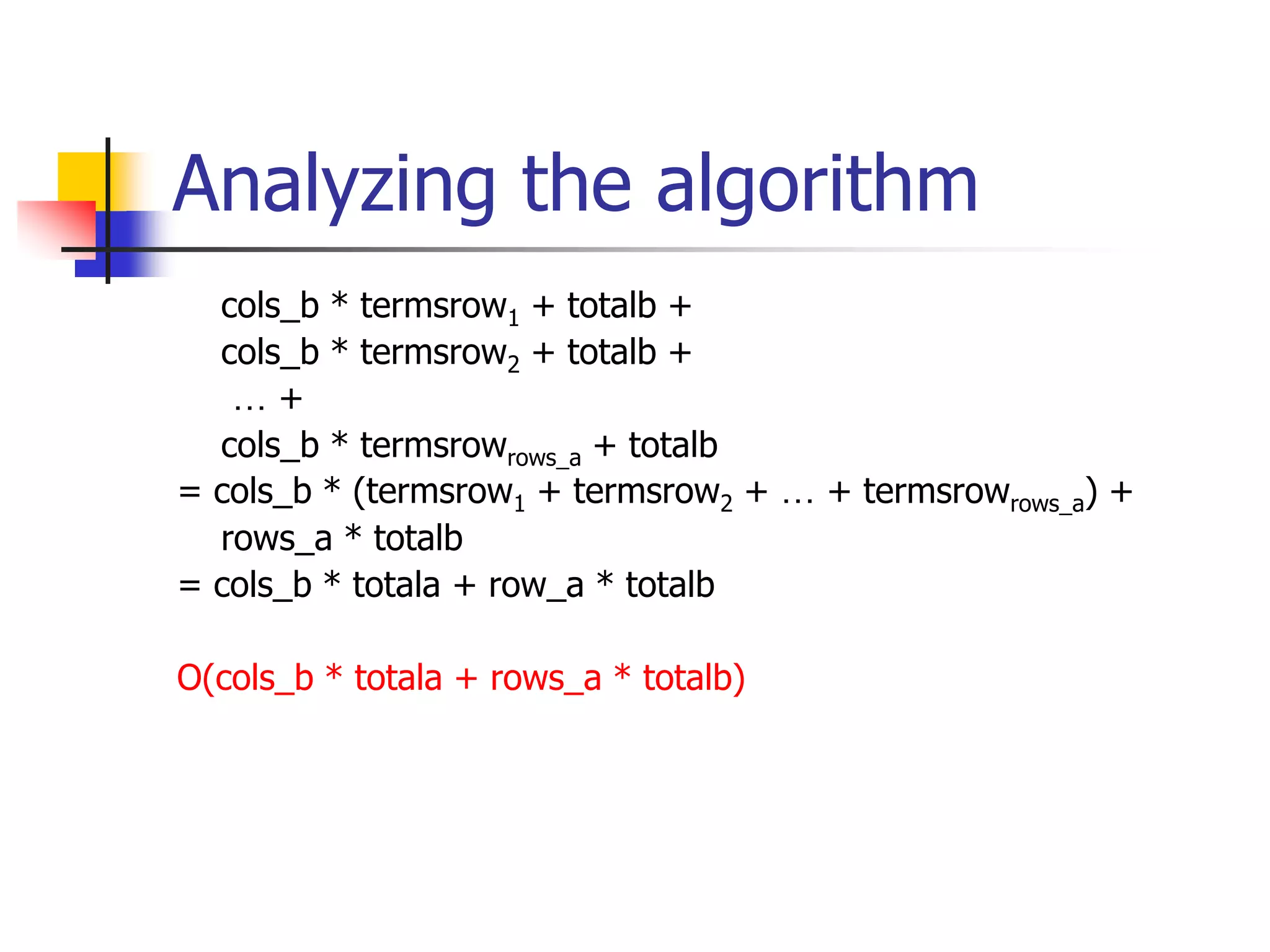
![Compared with classic multiplication
algorithm
for (i =0; i < rows_a; i++)
for (j=0; j < cols_b; j++) {
sum =0;
for (k=0; k < cols_a; k++)
sum += (a[i][k] *b[k][j]);
d[i][j] =sum;
}
O(rows_a * cols_a * cols_b)
mmult vs. classic
O(cols_b * totala + rows_a * totalb) vs. O(rows_a * cols_a * cols_b)](https://image.slidesharecdn.com/chap2arraysandstructures-221109040646-98f2dbe3/75/Chap-2-Arrays-and-Structures-ppt-32-2048.jpg)
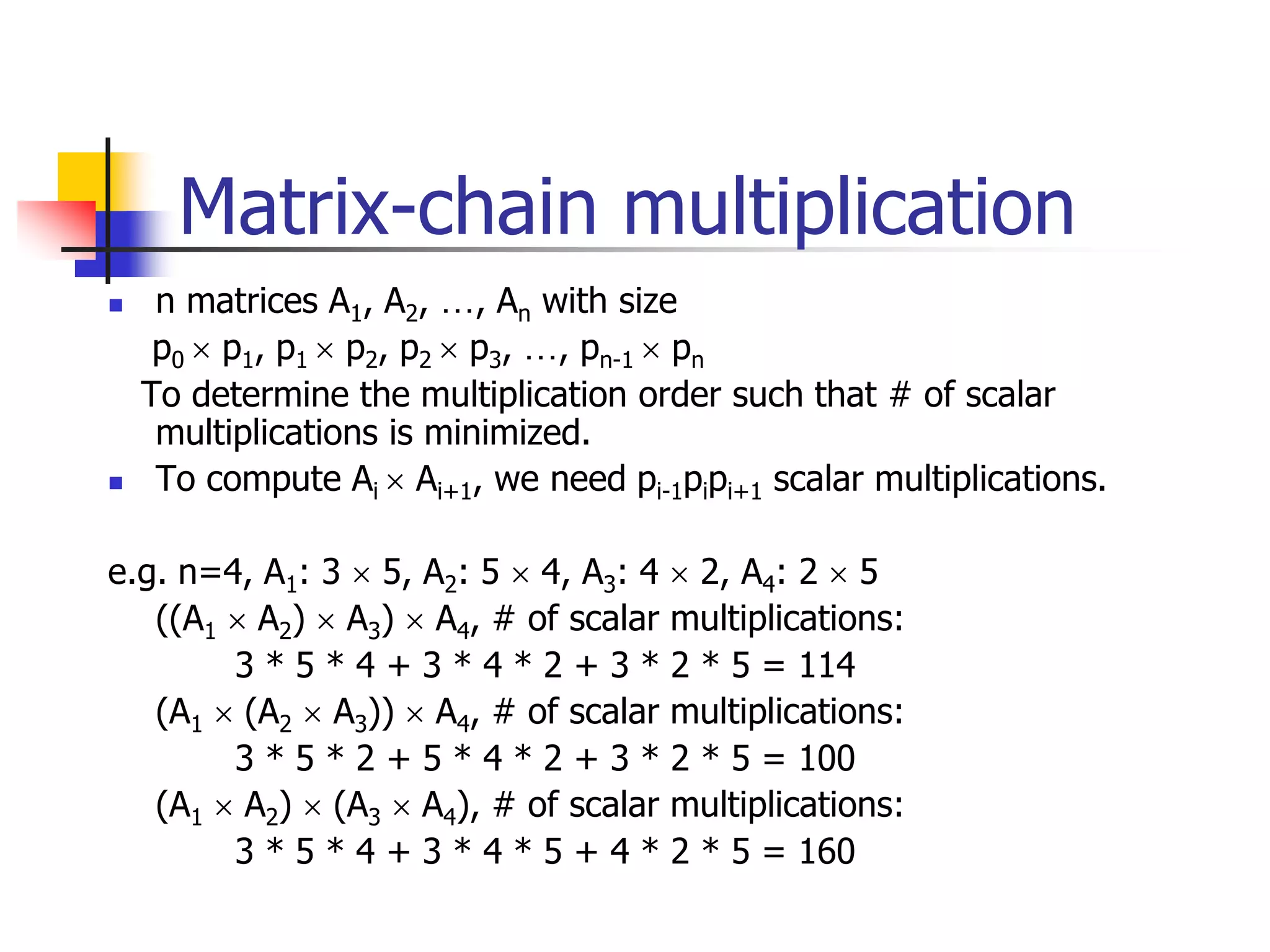
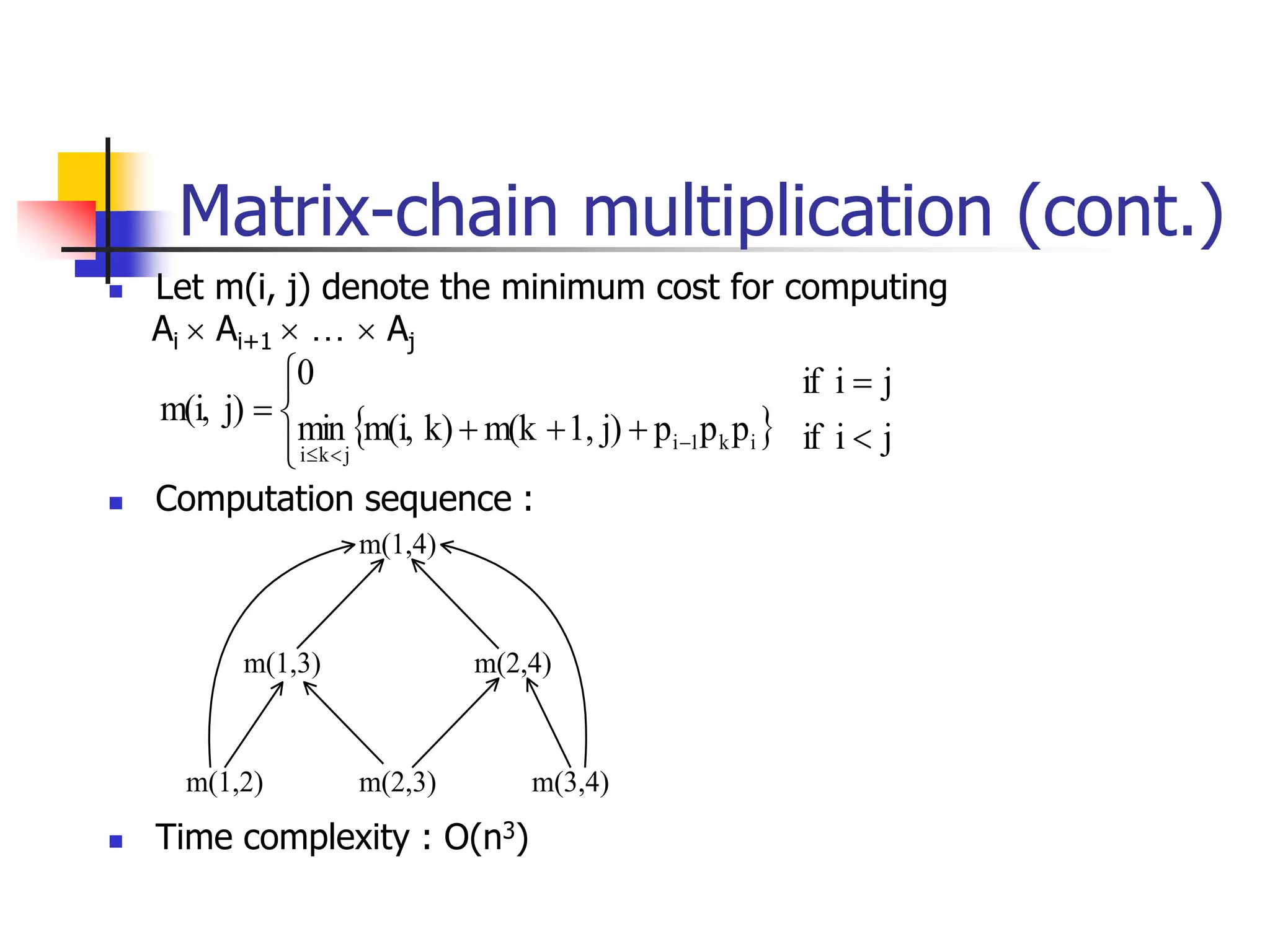
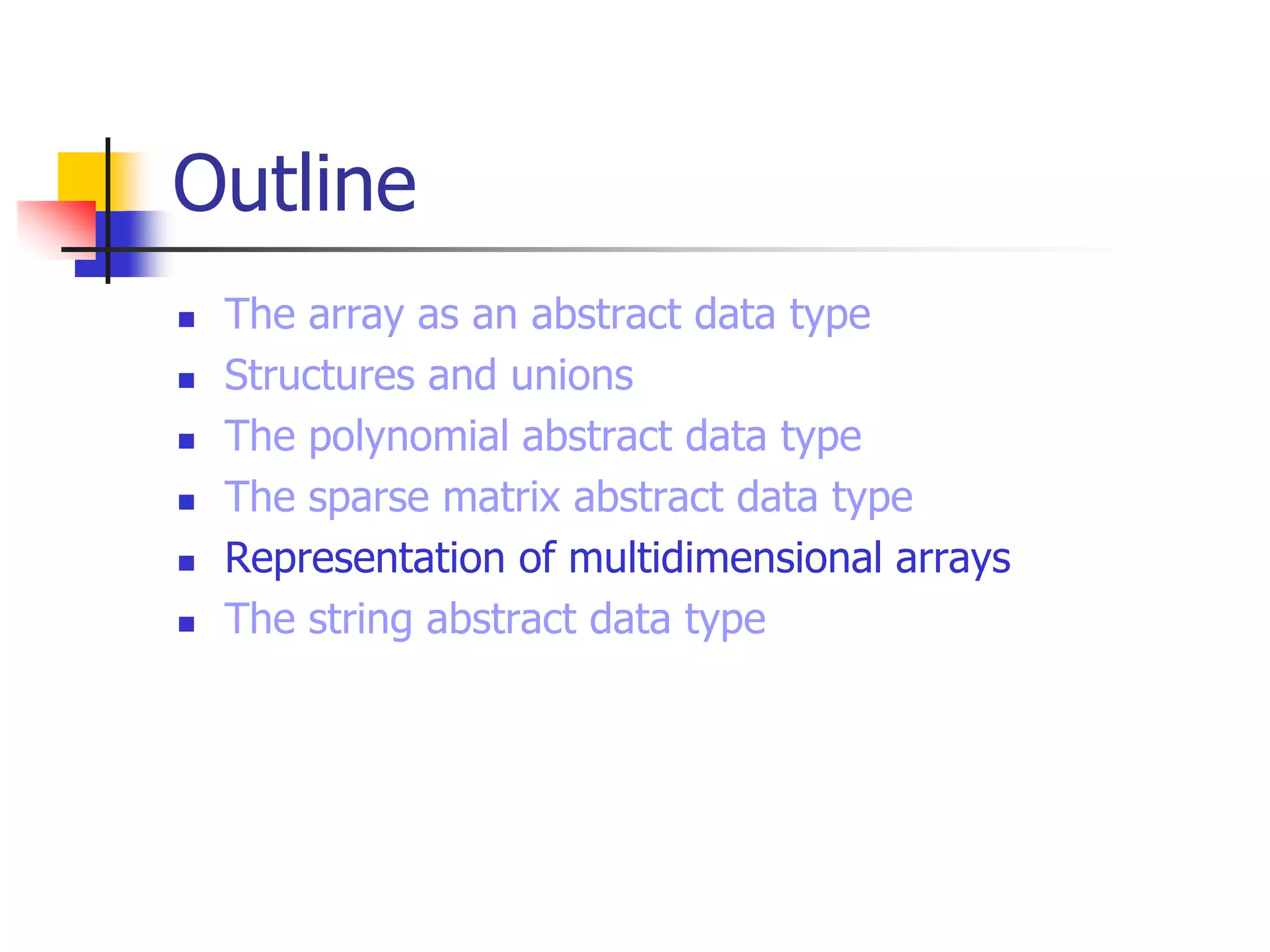
![Representation of multidimensional arrays
The internal representation of multidimensional arrays requires more
complex addressing formulas.
a[upper0] [upper1]…[uppern-1]
=> #(elements of a) =
There are two ways to represent multidimensional arrays:
row major order and column major order.
(row major order stores multidimensional arrays by rows)
Ex. A[upper0][upper1] : upper0 rows (row0, row1,… ,rowupper0-1),
each row containing upper1 elements
Assume that α is the address of A[0][0]
the address of A[i][0] : α+ i *upper1
A[i][j] : α+ i *upper1+j
1
0
n
i
i
upper
row major :
1 2 3 4
5 6 7 8
9 10 11 12
column major :
1 4 7 10
2 5 8 11
3 6 9 12](https://image.slidesharecdn.com/chap2arraysandstructures-221109040646-98f2dbe3/75/Chap-2-Arrays-and-Structures-ppt-36-2048.jpg)
![Representation of Multidimensional Arrays
(cont.)
n dimensional array addressing formula for A[i0][i1]…[in-1] :
Assume that the address of A[0][0]…[0] is α.
the address of A[i0][0][0]…[0] : α + i0*upper1*upper2*…*uppern-1
A[i0][i1][0]…[0] : α + i0*upper1*upper2*…*uppern-1
+ i1*upper2*upper3*…*uppern-1
A[i0][i1][i2]…[in-1] : α + i0*upper1*upper2*…*uppern-1
+ i1*upper2*upper3*…*uppern-1
+ i2*upper3*upper4*…*uppern-1
﹕
+ in-2*uppern-1
+ in-1
1
0
1
1
1
1
1
0
,
:
,
n
i
n
n
j
k
k
j
j
j
a
n
j
upper
a
where
a
i
](https://image.slidesharecdn.com/chap2arraysandstructures-221109040646-98f2dbe3/75/Chap-2-Arrays-and-Structures-ppt-37-2048.jpg)
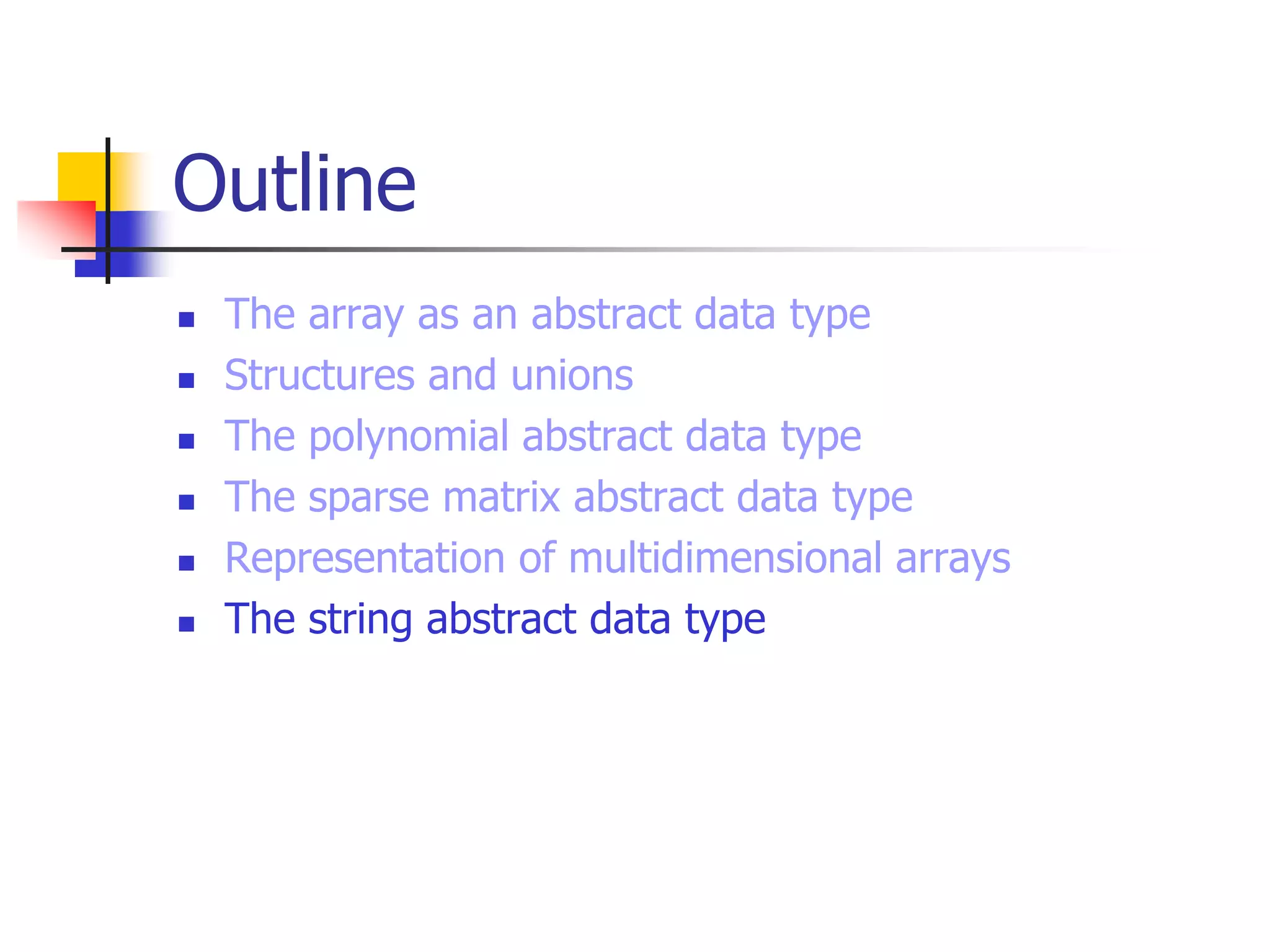
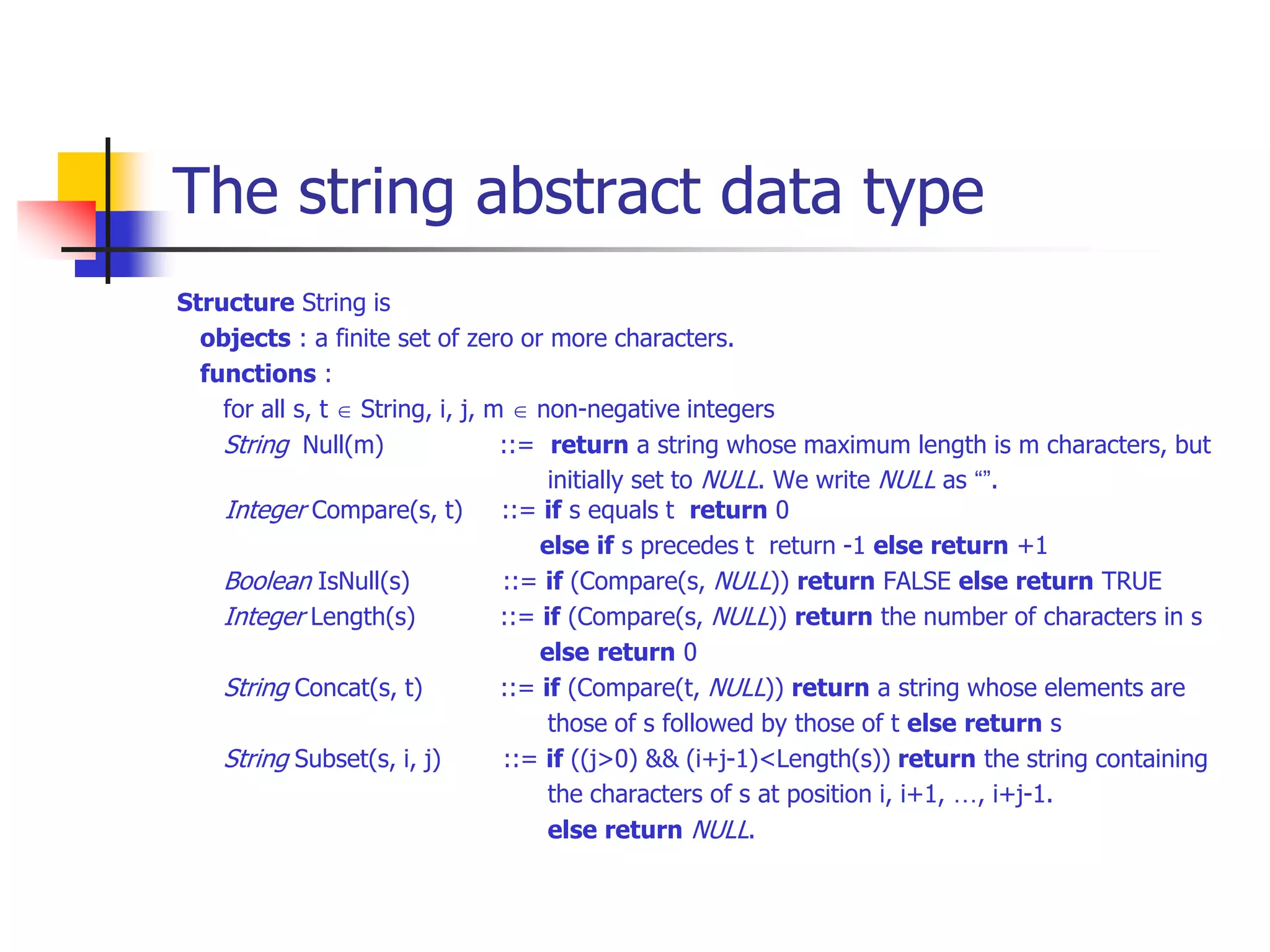
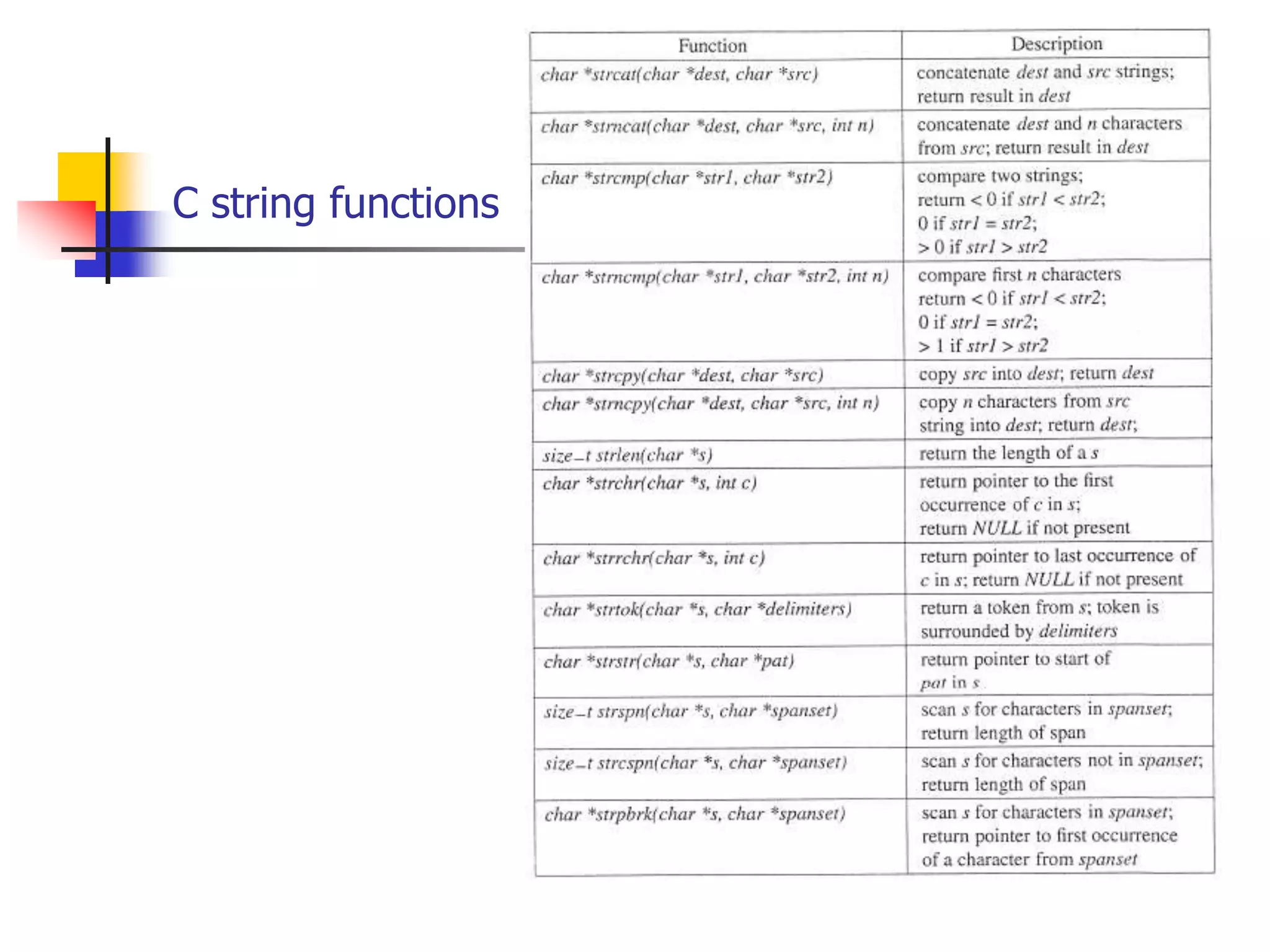
![String insertion function
void strnins(char *s, char *t, int i)
{
/* insert string t into string s at position i */
char string[MAX_SIZE], *temp = string;
if (i < 0 && i > strlen(s)) {
fprintf(stderr, ”Position is out of bounds n” );
exist(1);
}
if (!strlen(s))
strcpy(s, t);
else if (strlen(t)) {
strncpy(temp, s, i);
strcat(temp, t);
strcat(temp, (s+i));
strcpy(s, temp);
}
}
s → a m o b i l e 0
t → u t o 0
temp → 0
initially
temp → a 0
(a) after strncpy (temp, s, i)
temp → a u t o 0
(b) after strcat (temp, t)
temp → a u t o m o b i l e 0
(c) after strcat (temp, (s+i))
Example:
Never be used in practice, since it’s wasteful in use of time and space !](https://image.slidesharecdn.com/chap2arraysandstructures-221109040646-98f2dbe3/75/Chap-2-Arrays-and-Structures-ppt-41-2048.jpg)
![Pattern matching algorithm
(checking end indices first)
int nfind(char *string, char *pat)
{
/* match the lat character of pattern first, and then match from the beginning */
int i, j, start = 0;
int lasts = strlen(string) – 1;
int lastp = strlen(pat) – 1;
int endmatch = lastp;
for (i = 0; endmatch <= lasts; endmatch++, start++){
if (string[endmatch] == pat[lastp])
for (j = 0, i = start; j < lastp && string[i] == pat[j]; i++, j++)
;
if (j == lastp)
return start; /* successful */
}
return -1;
}](https://image.slidesharecdn.com/chap2arraysandstructures-221109040646-98f2dbe3/75/Chap-2-Arrays-and-Structures-ppt-42-2048.jpg)
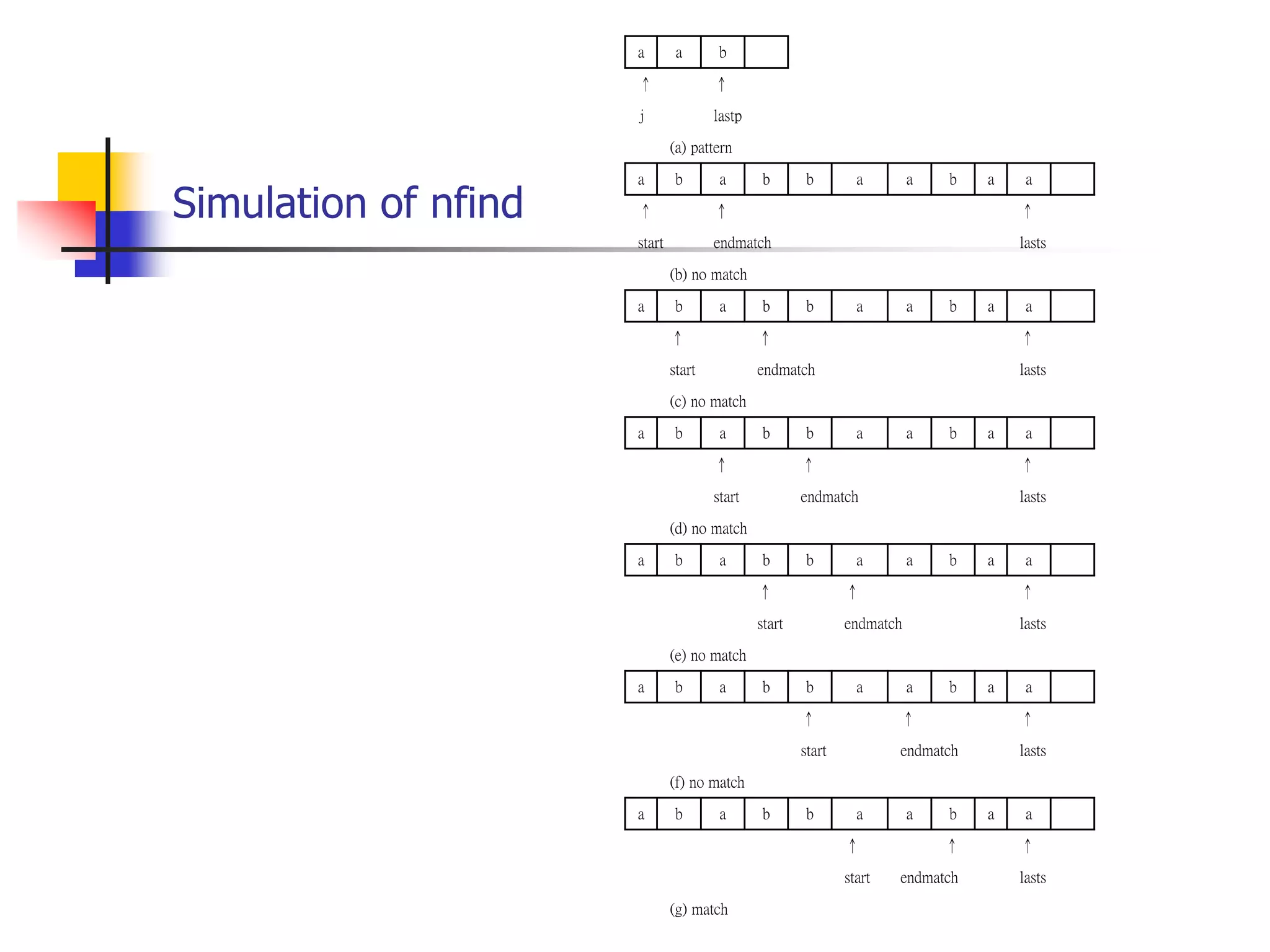
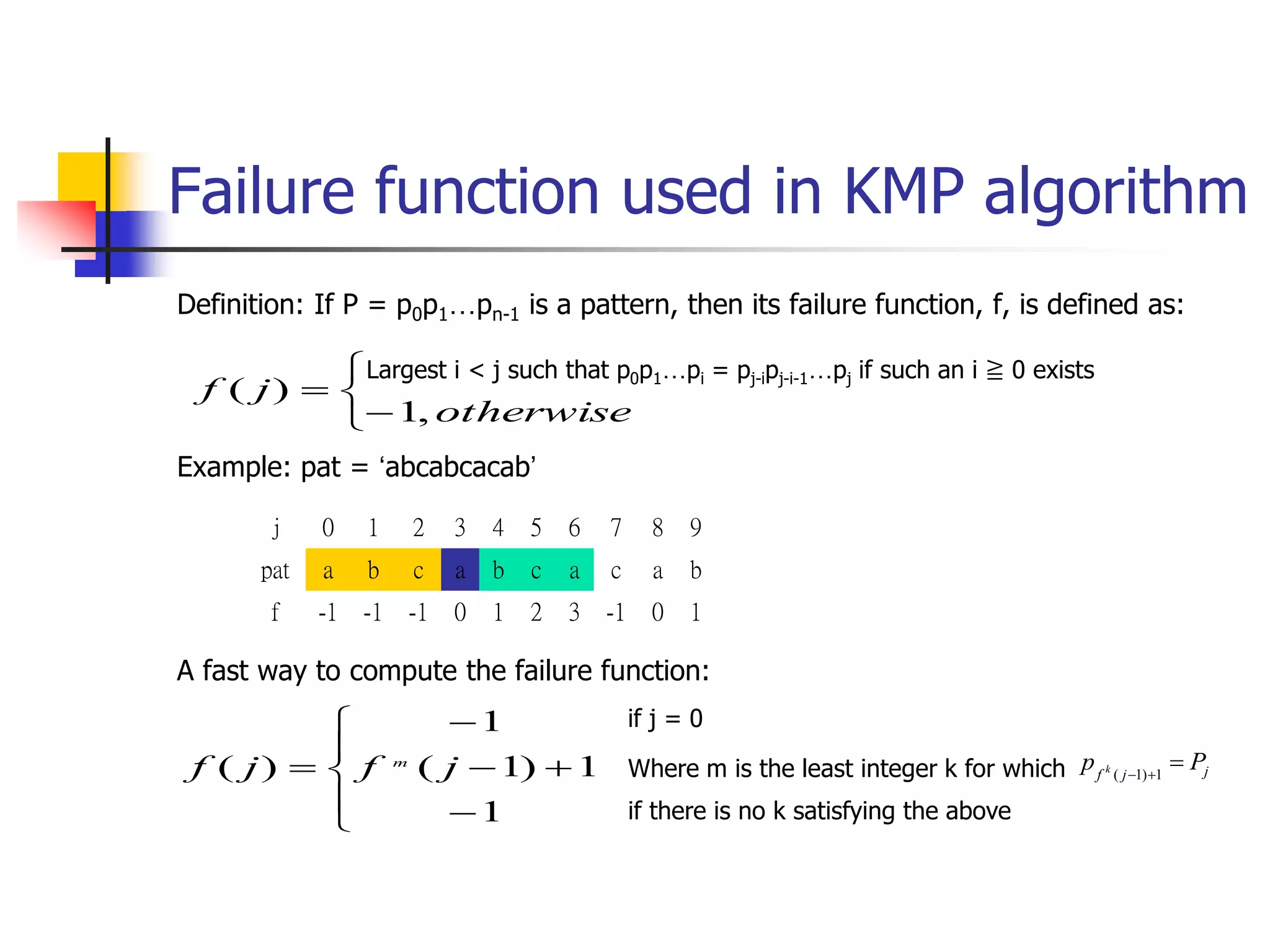
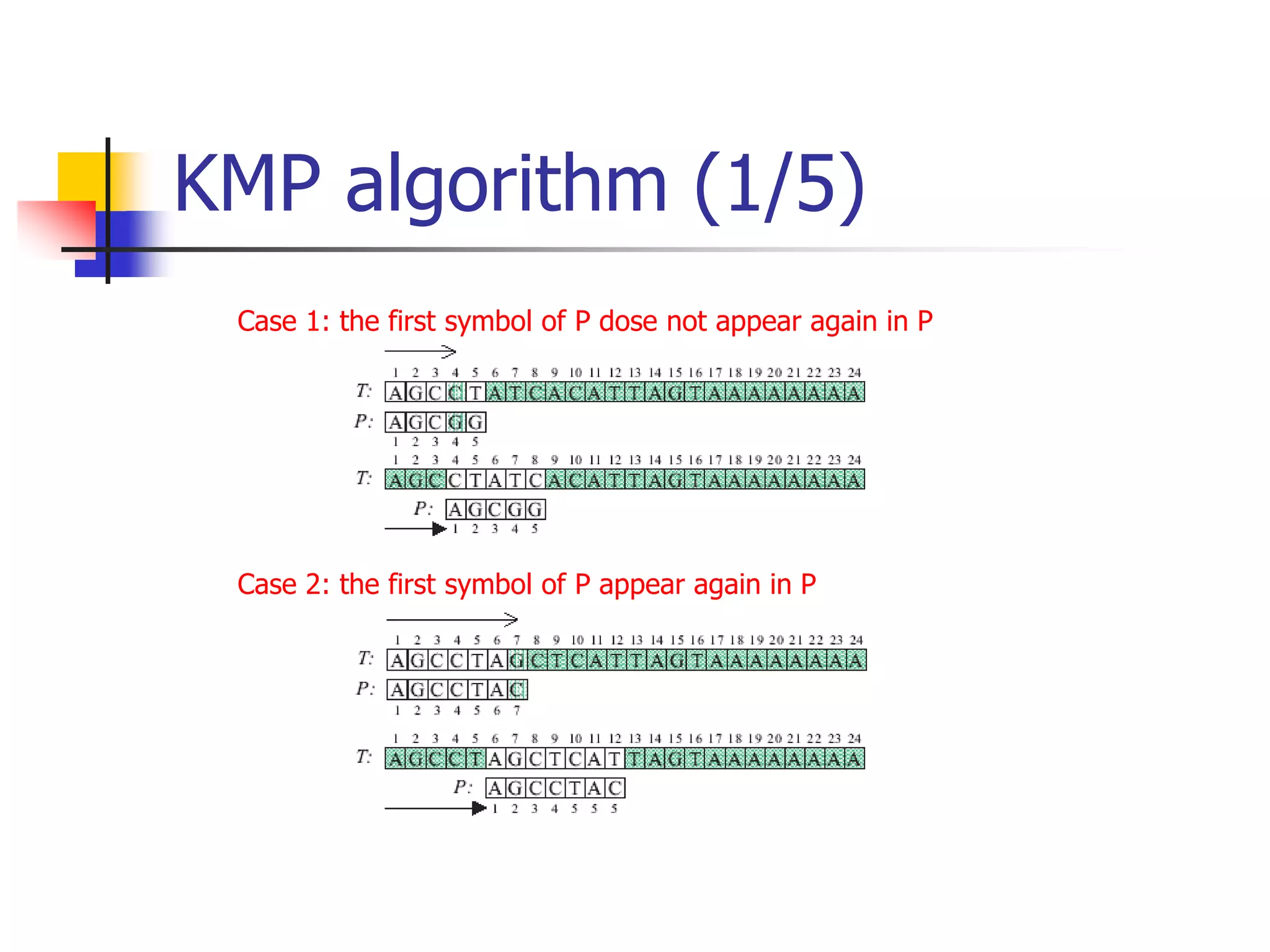
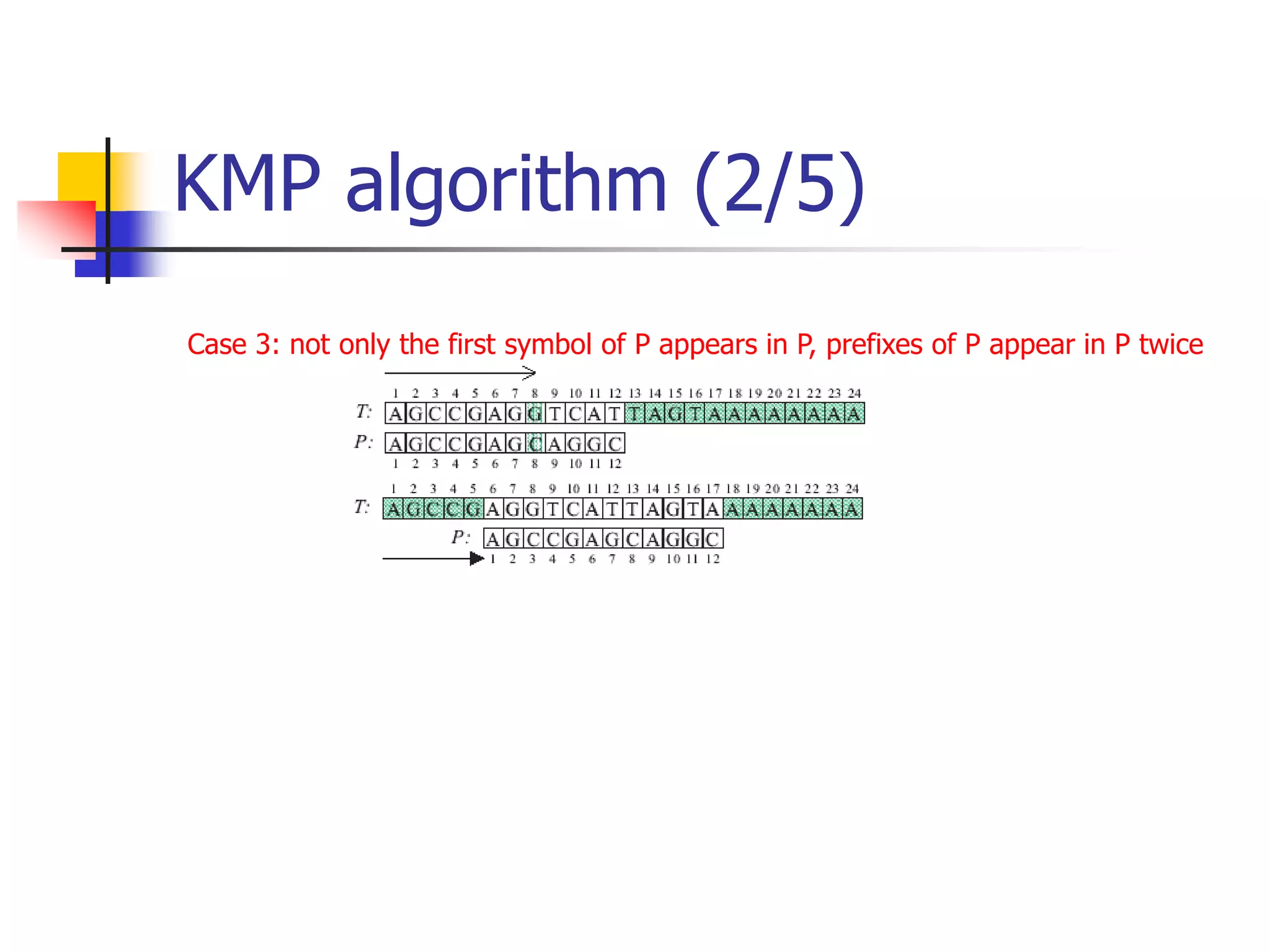
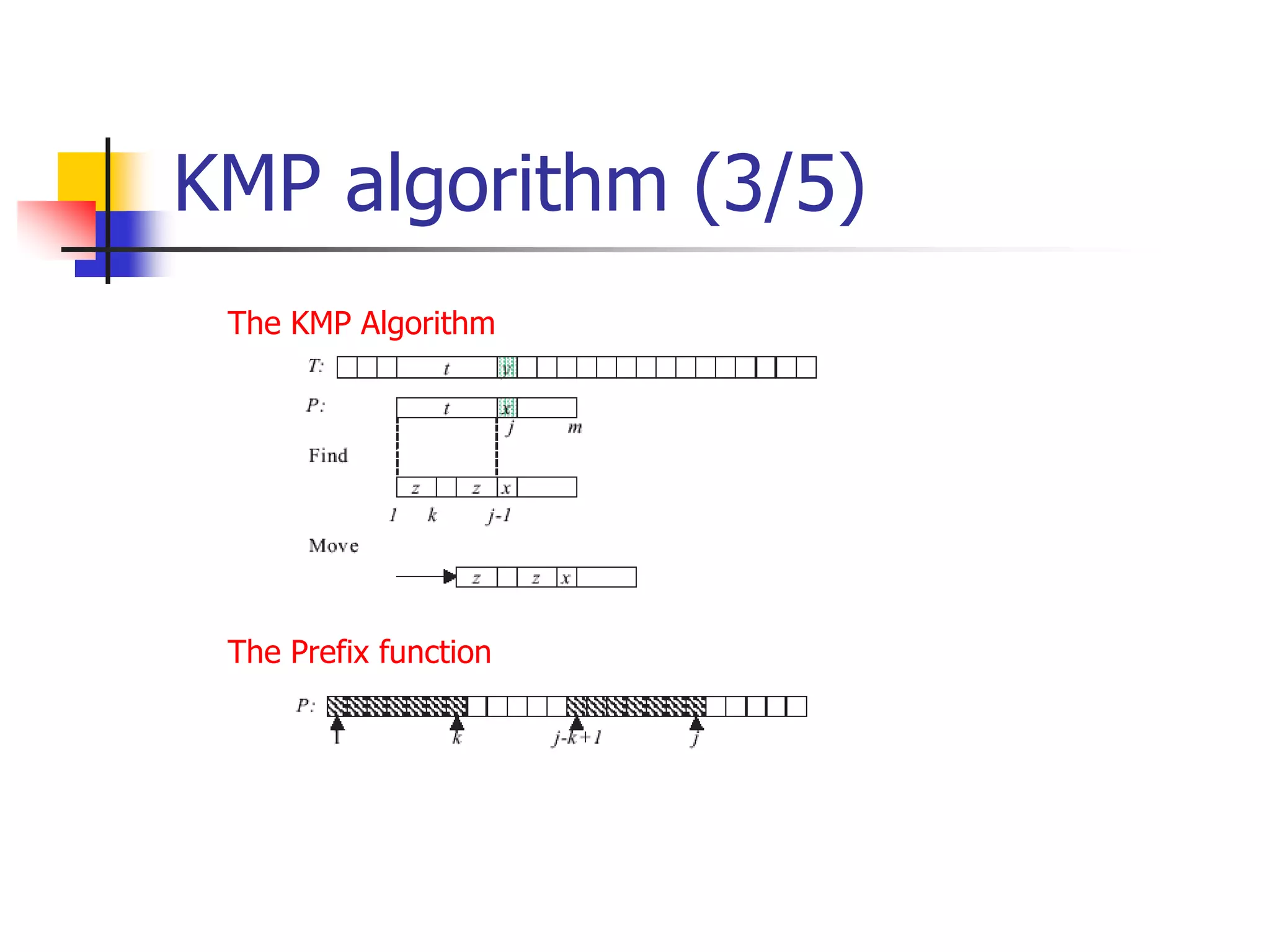

![KMP algorithm (5/5)
#include <stdio.h>
#include <string.h>
#define max_string_size 100
#define max_pattern_size 100
int pmatch();
void fail();
int failure[max_pattern_size];
char string[max_string_size];
char pat[max_pattern_size];
int pmatch (char *string, char *pat)
{
/* Knuth, Morris, Pratt string matching algorithm */
int i = 0, j =0;
int lens = strlen(string);
int lenp = strlen(pat);
while (i < lens && j < lenp) {
if (string[i] == pat[j]) { i++; j++; }
else if (j == 0) i++;
else j = failure[j-1] + 1;
}
return ( (j == lenp) ? (i-lenp) : -1);
}
void fail (char *pat)
{
/* compute the pattern’s failure function */
int n = strlen(pat);
failure[0] = -1;
for (j = 1; j < n; j++) {
i = failure[j-1];
while ((pat[j] != pat[i+1]) && (I >= 0))
i = failure[i];
if (pat[j] == pat[i+1])
failure[j] = i + 1;
else failure[j] = -1;
}
}
O(strlen(stirng))
O(strlen(pattern))
O(strlen(stirng)+strlen(pat))](https://image.slidesharecdn.com/chap2arraysandstructures-221109040646-98f2dbe3/75/Chap-2-Arrays-and-Structures-ppt-49-2048.jpg)
